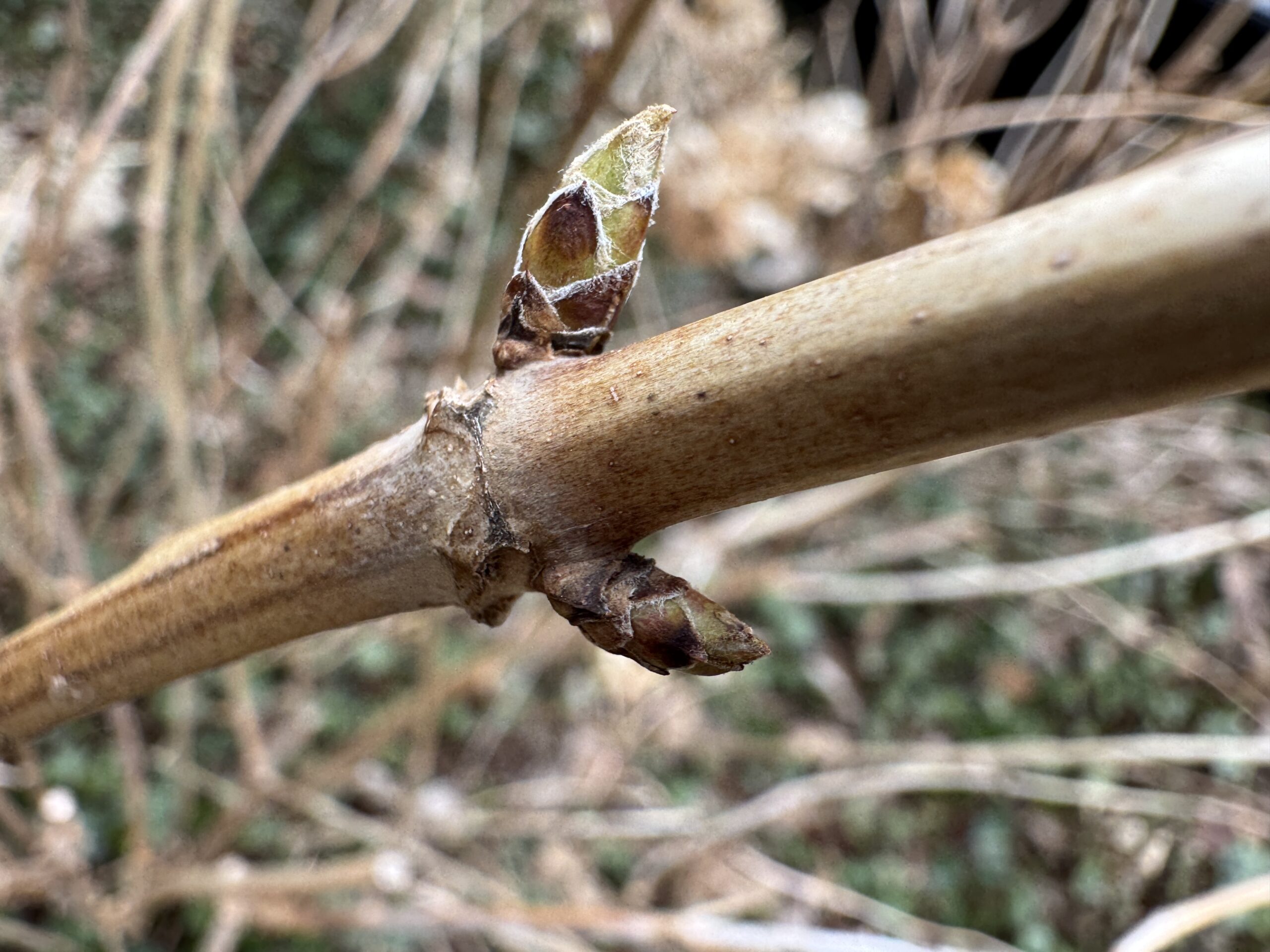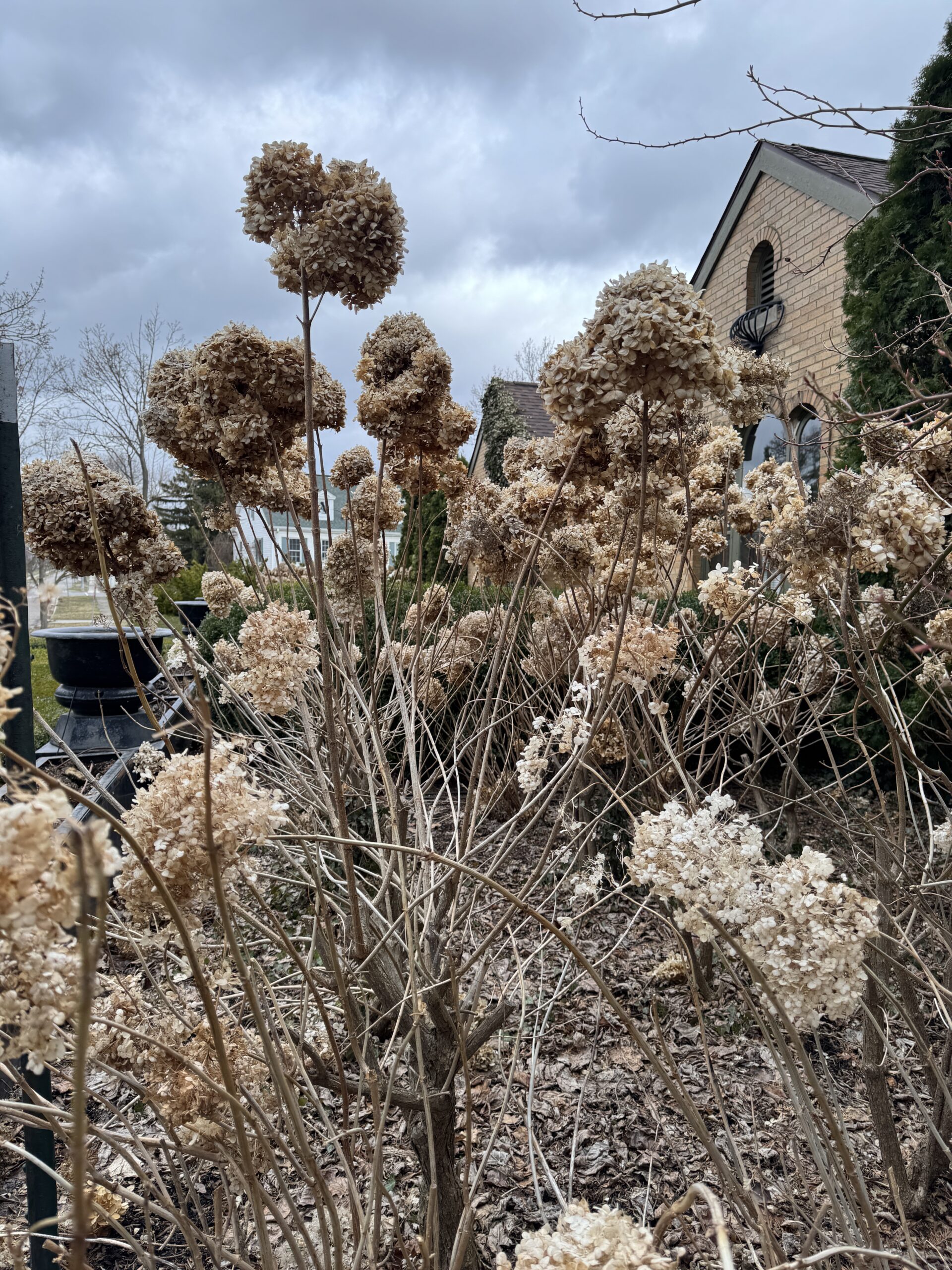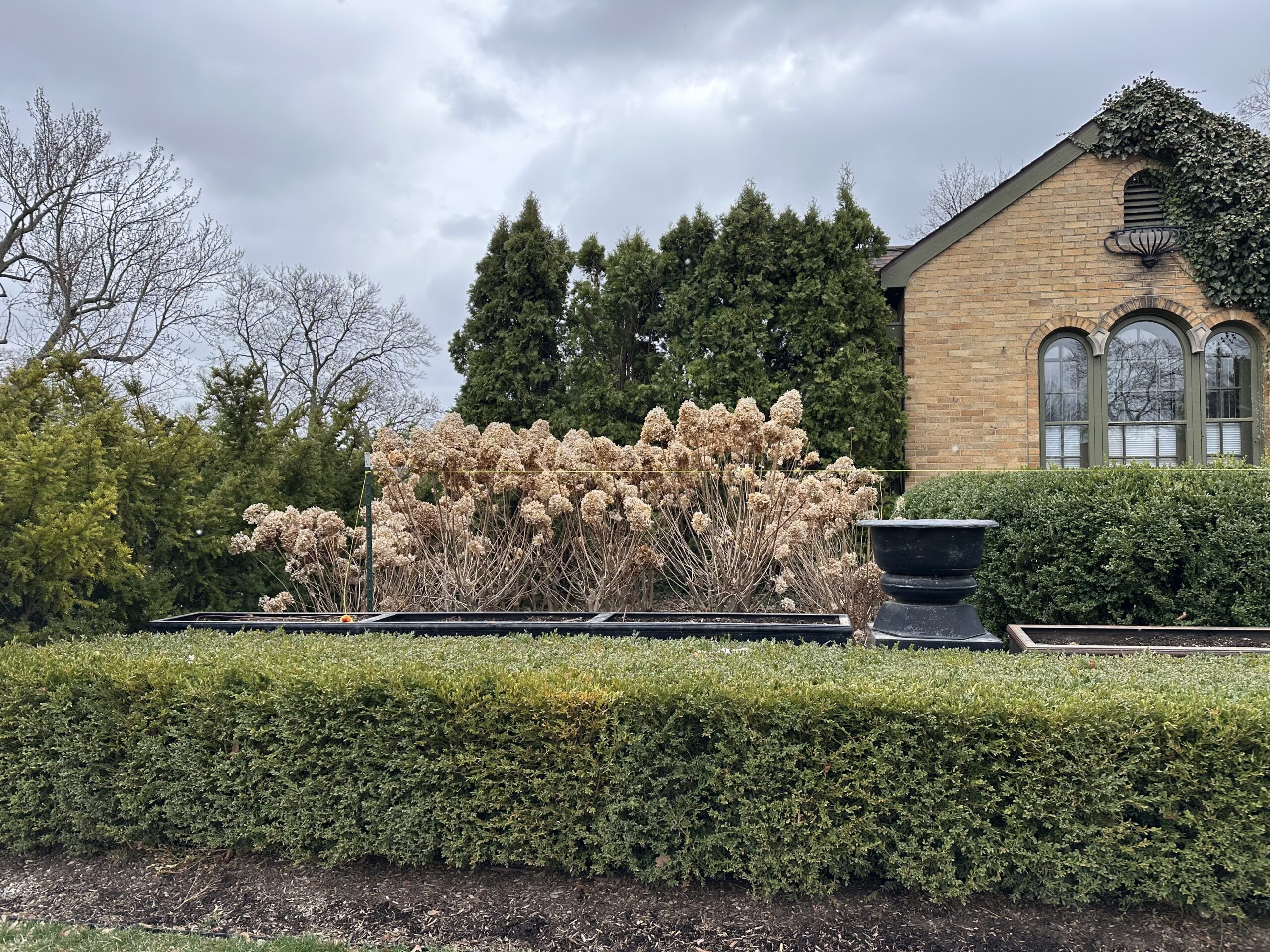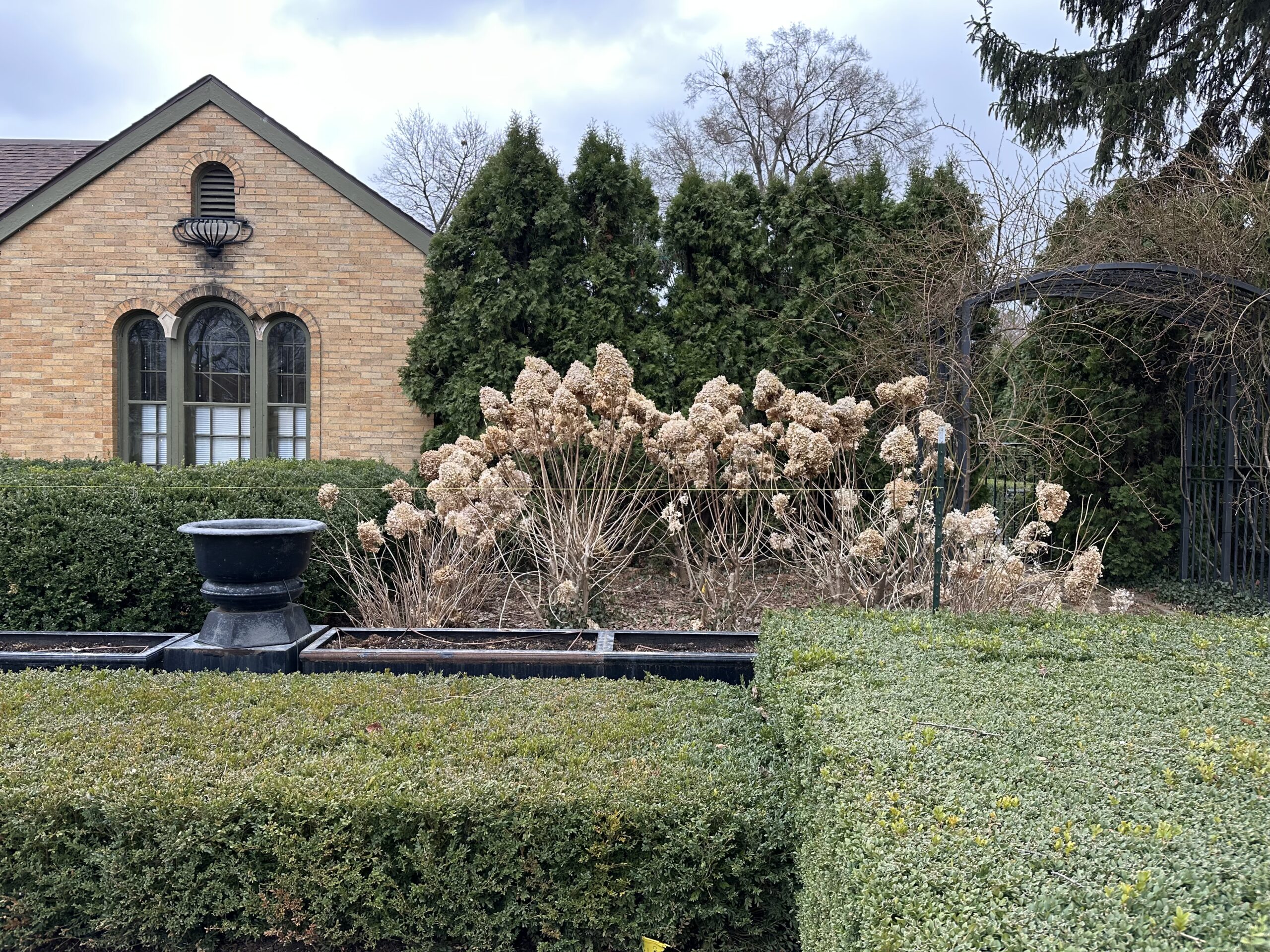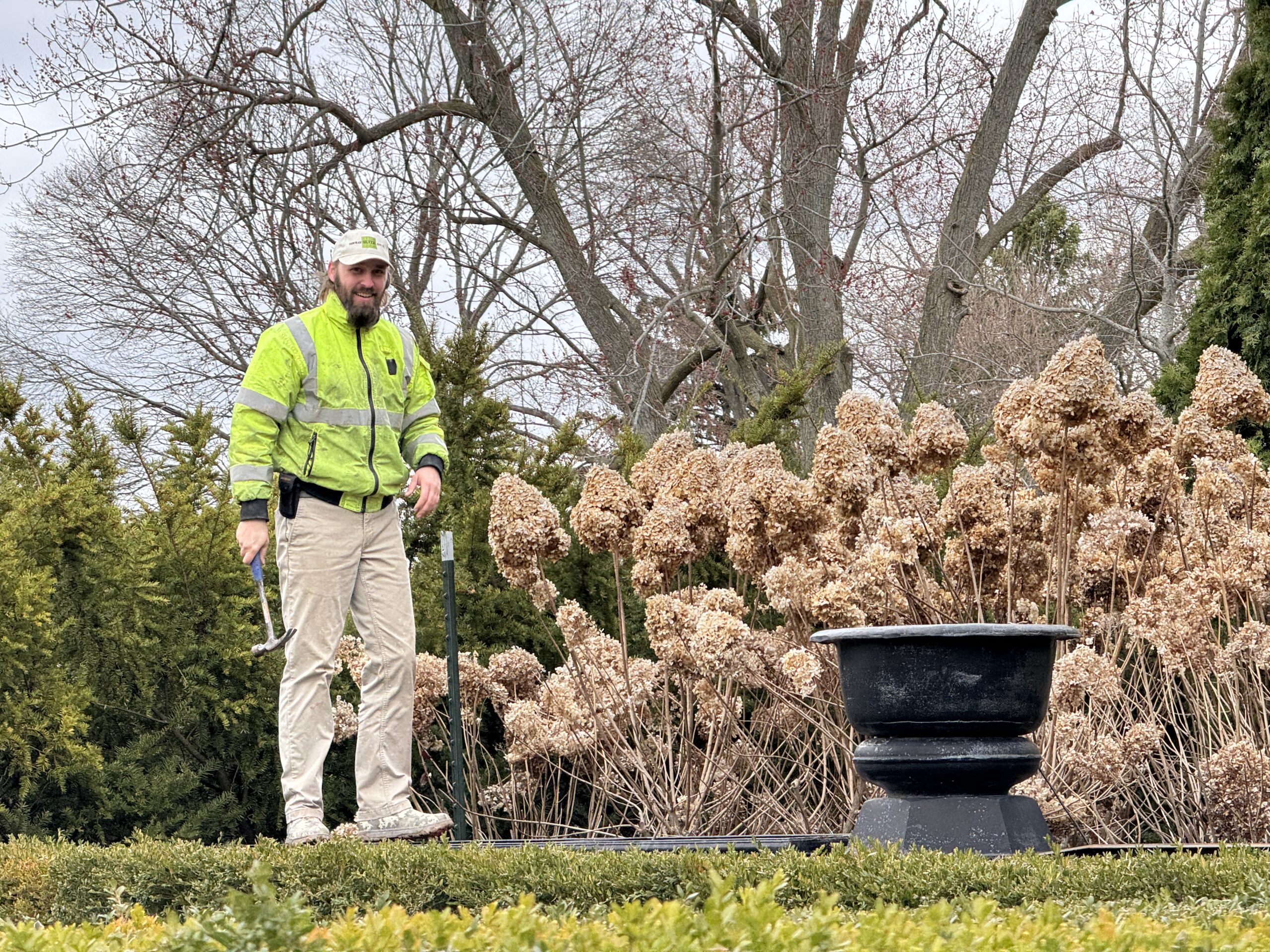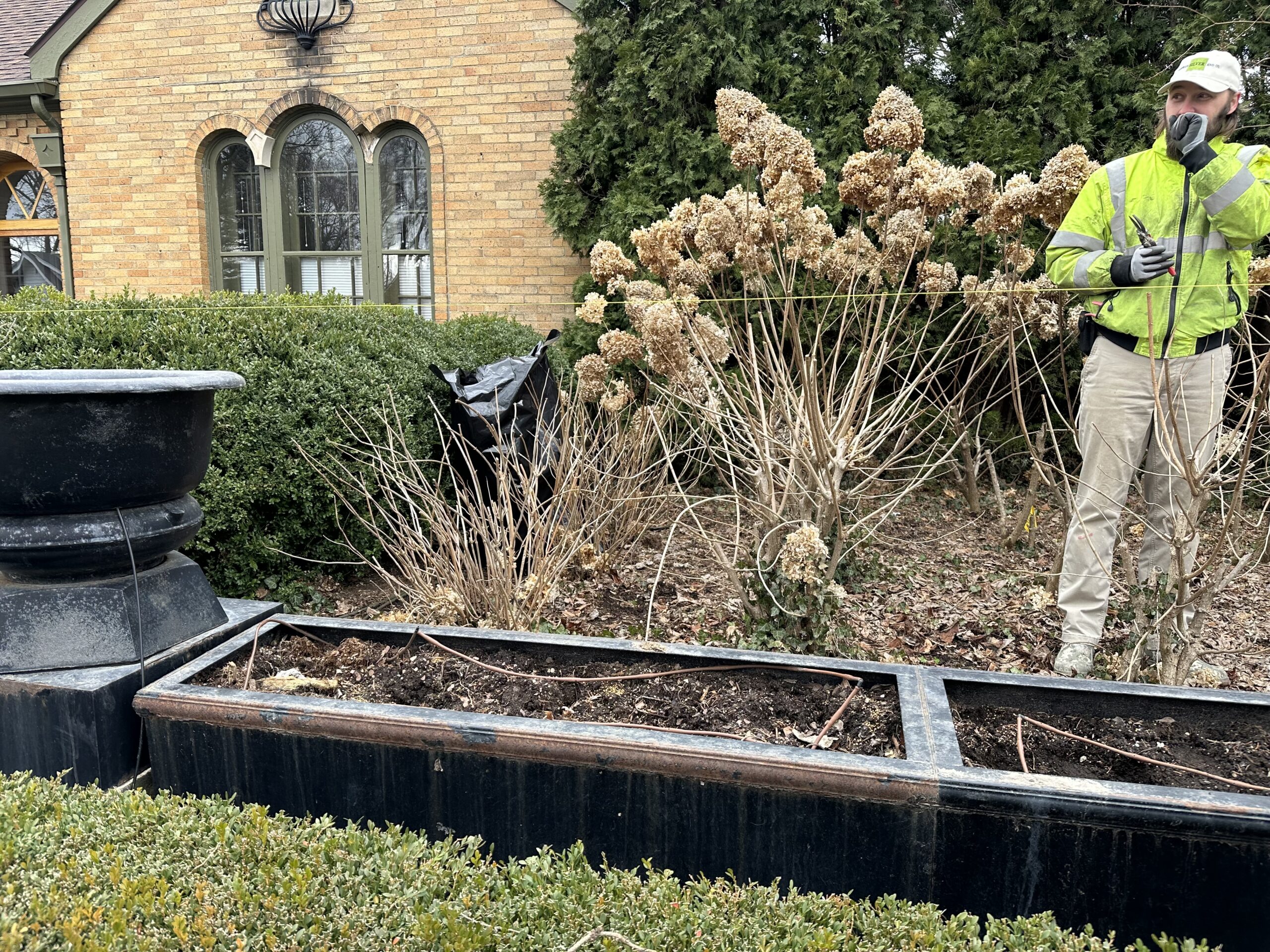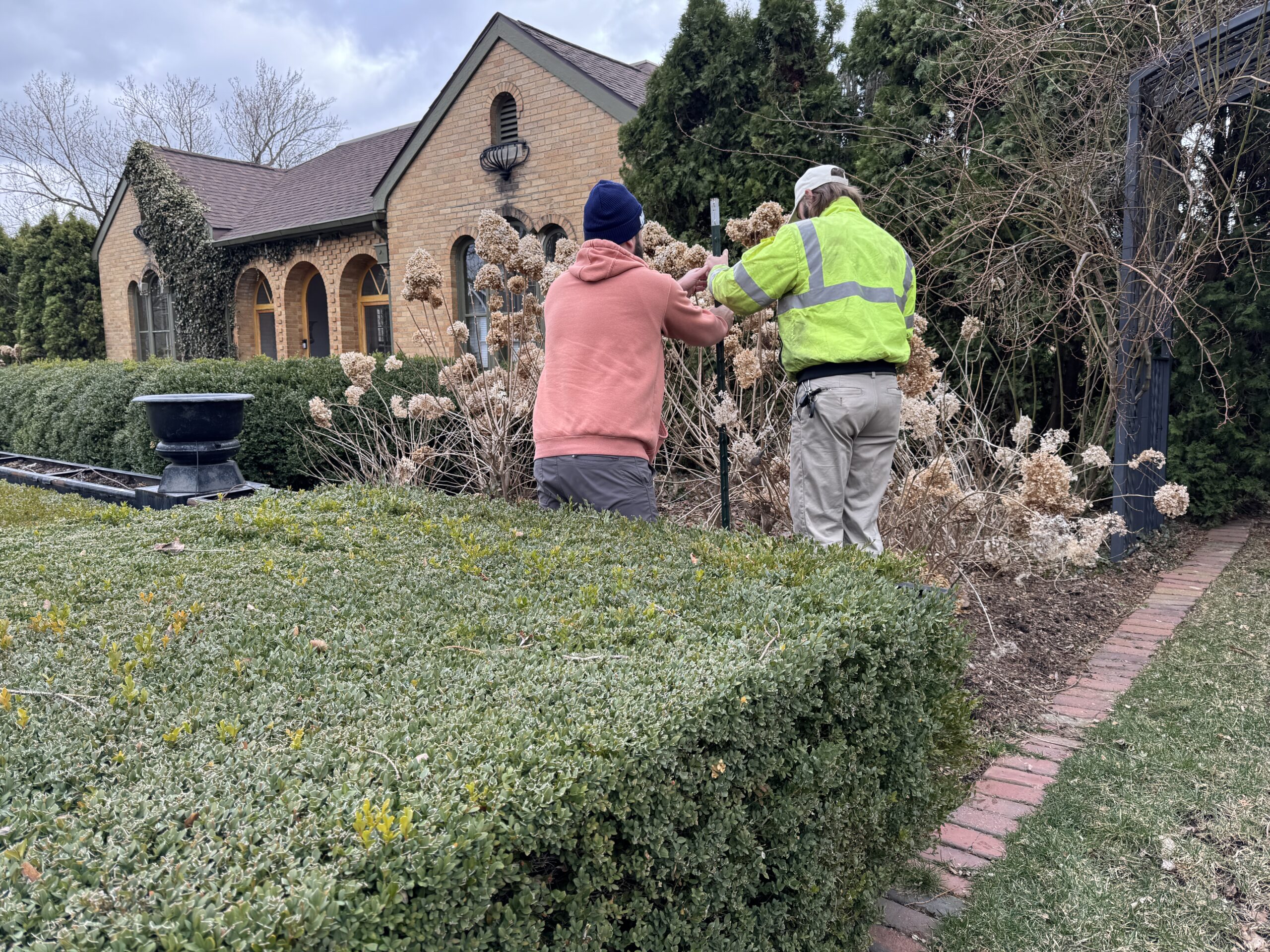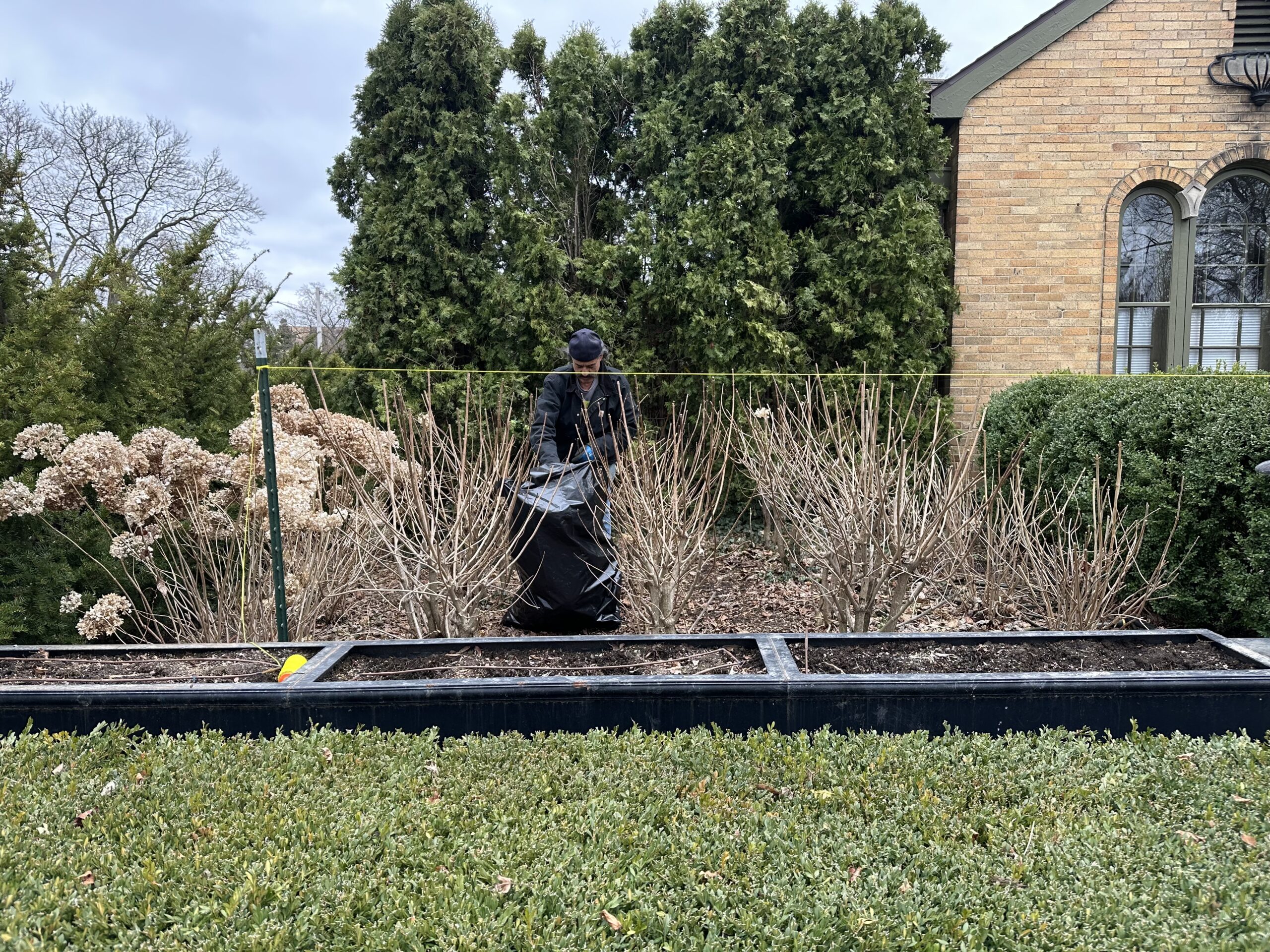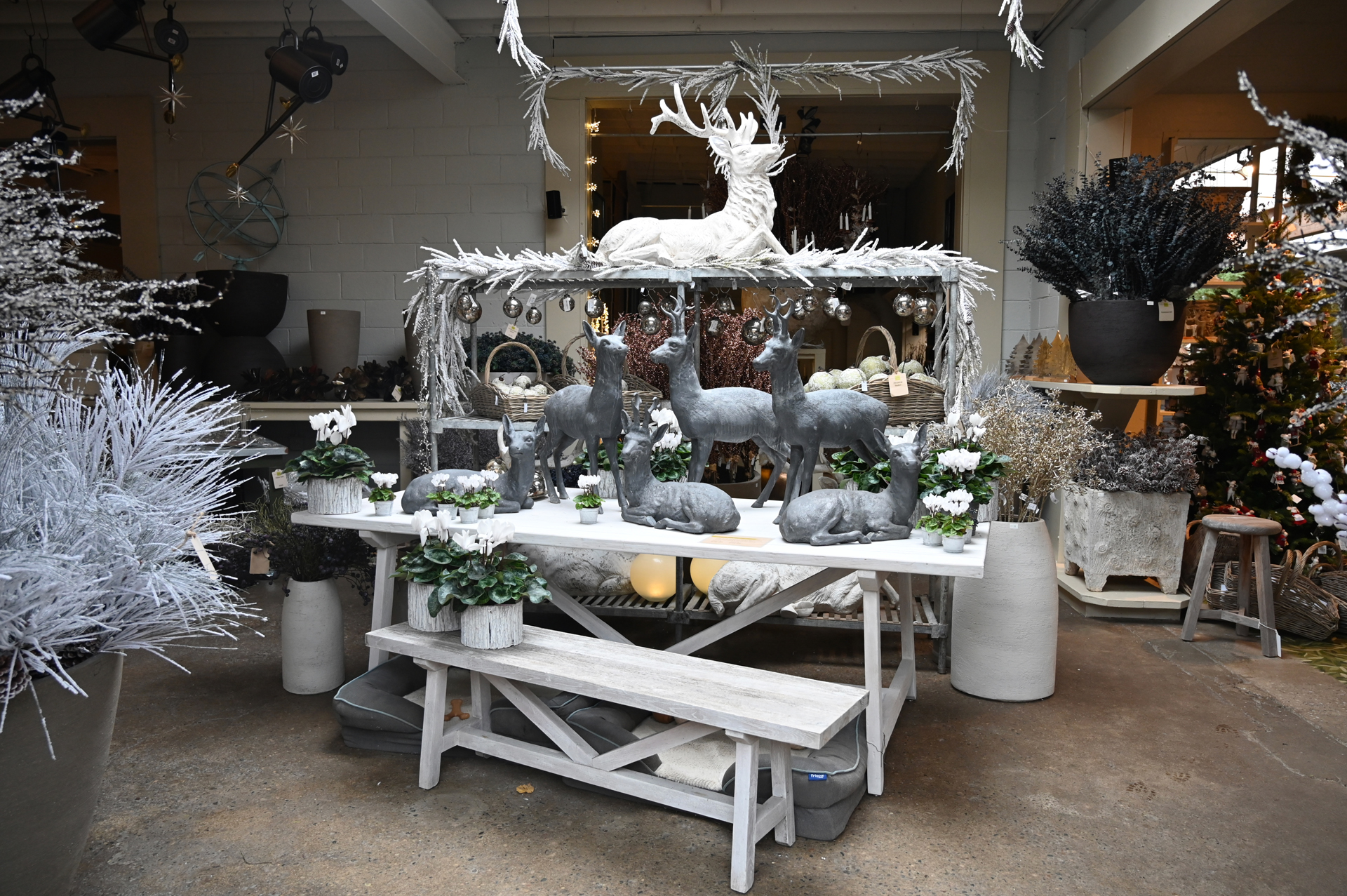
After an intensely re-imagined and heartfelt few weeks, all of the materials new and old we have available for winter and holiday expressions have been unboxed and put on display at the shop. Heartfelt? We work our collective hearts out to provide our clients with materials that recall, honor and celebrate the garden at year’s end. All 9600 square feet of it is stuffed to bursting with the beautiful, the whimsical, the traditional, the unusual – the satisfying and joyous signs of the winter and holiday gardening season on the way.
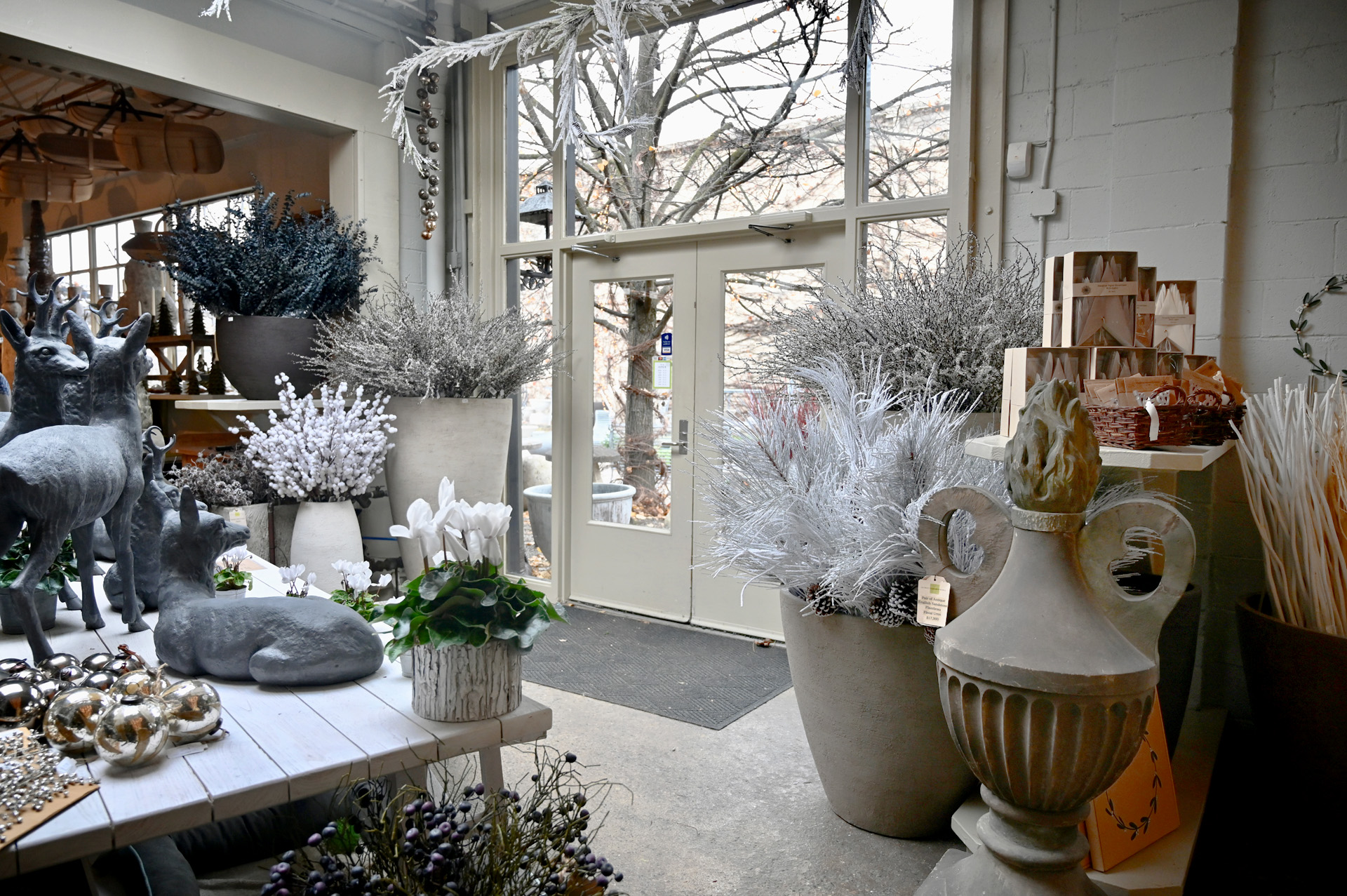
It was probably better than 25 years ago that Rob and I started shopping, collecting, and offering for sale materials suitable for winter arrangements for pots and containers. All of these materials – whether an astonishingly convincing replica of the real plant or flower, a collection of various fresh cut twigs and greens, or innovative lighting – have the potential to keep the hope and memory of the garden alive during our long winter season. What we have available in the shop today is as good as our experience and and will to celebrate gardening can provide. You’ll see.
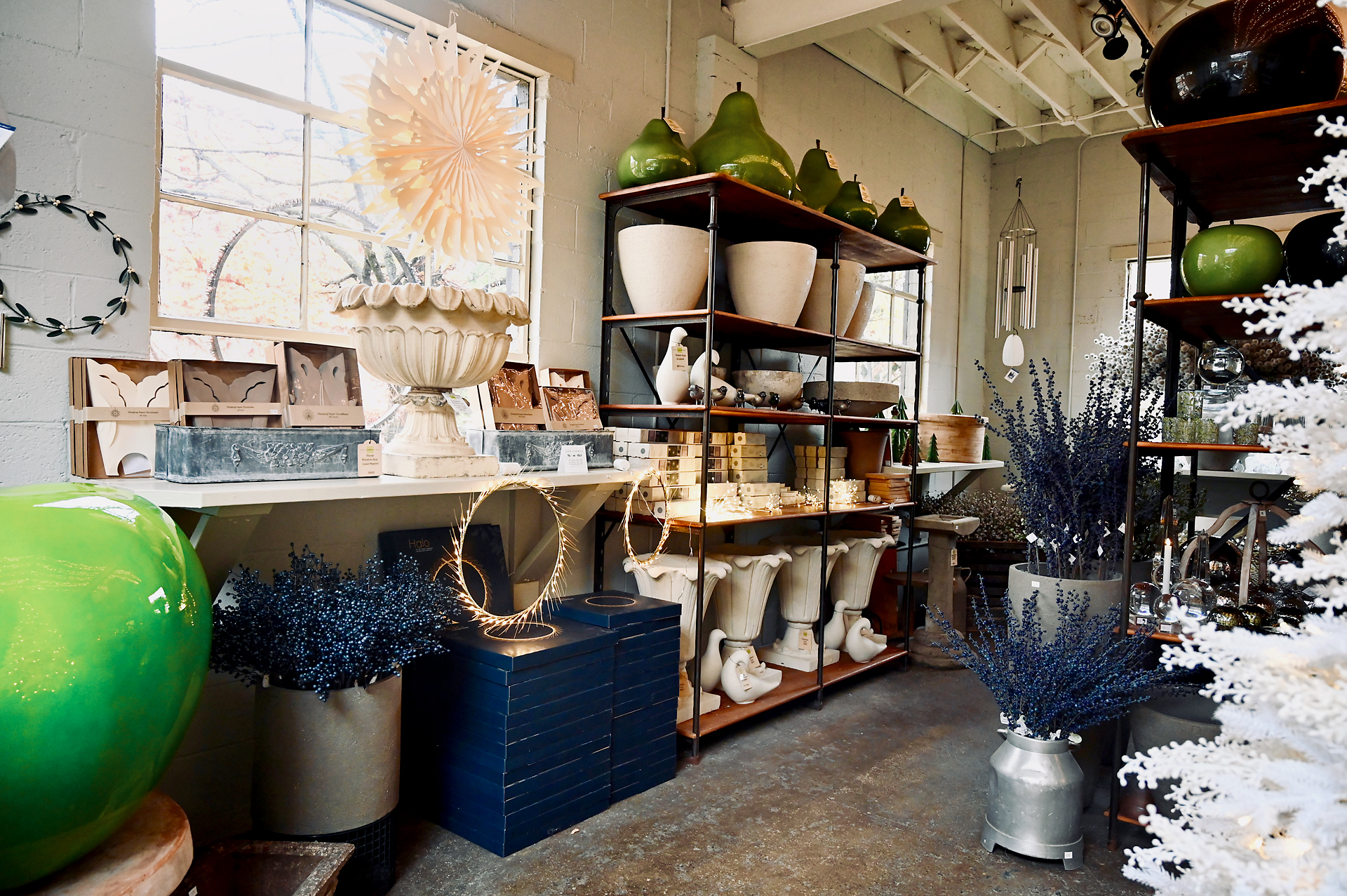
Up next is a pictorial version of the shop, dressed, decked out, and ready for the season. If you are too far to make the trip, we want to share what we have the best we can. If you are close enough, we invite you to come and see what’s doing in person.
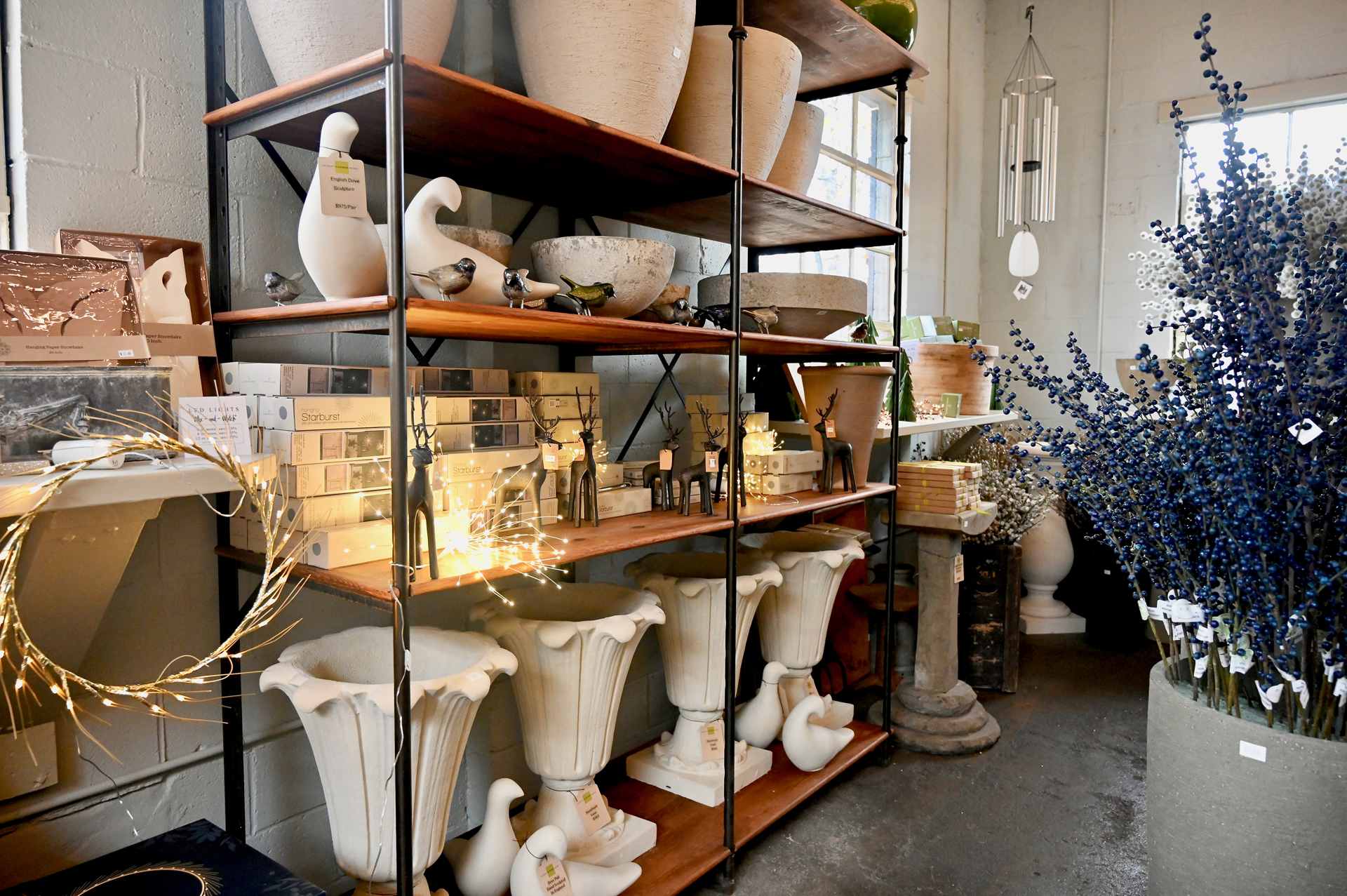
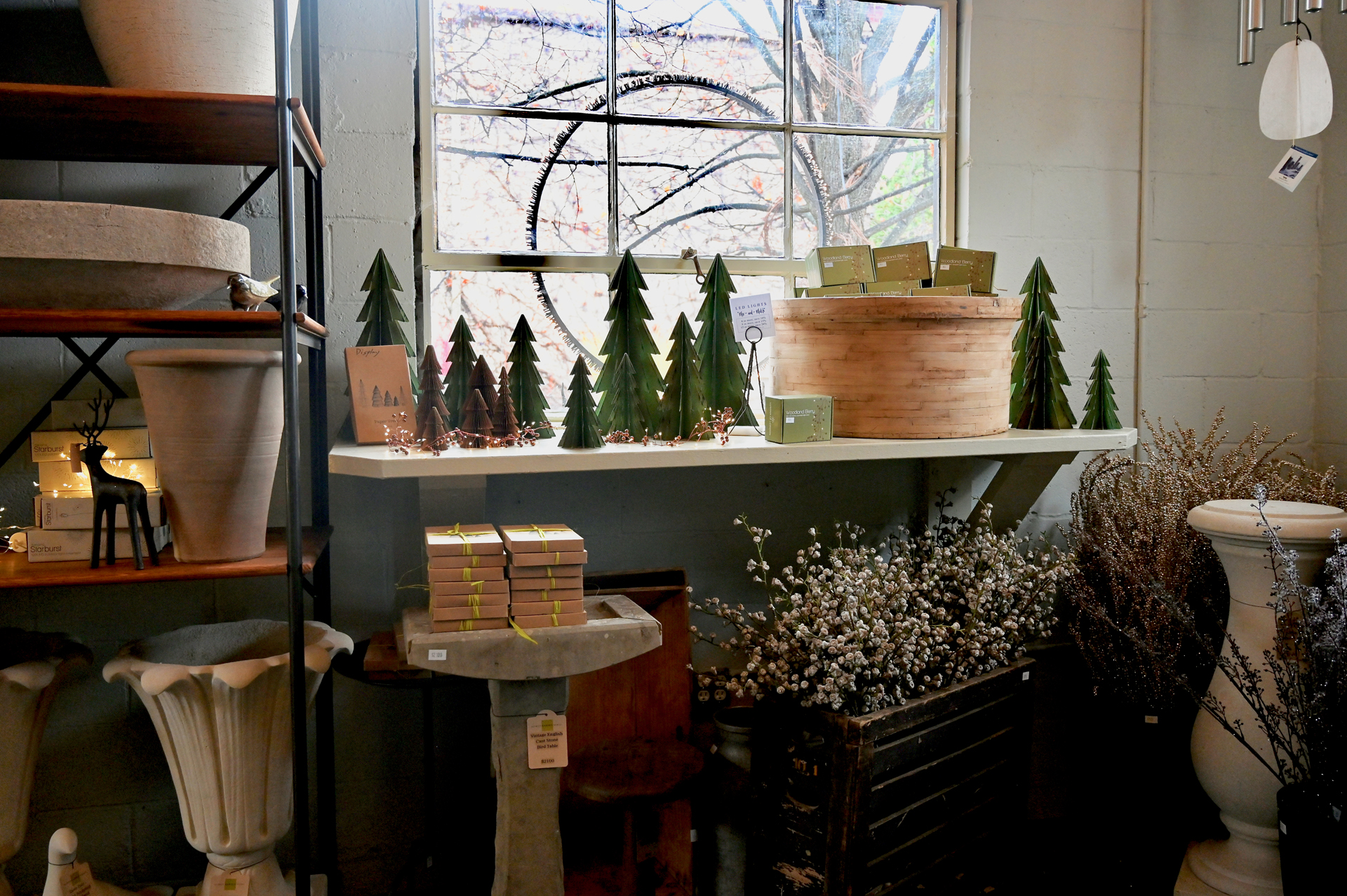
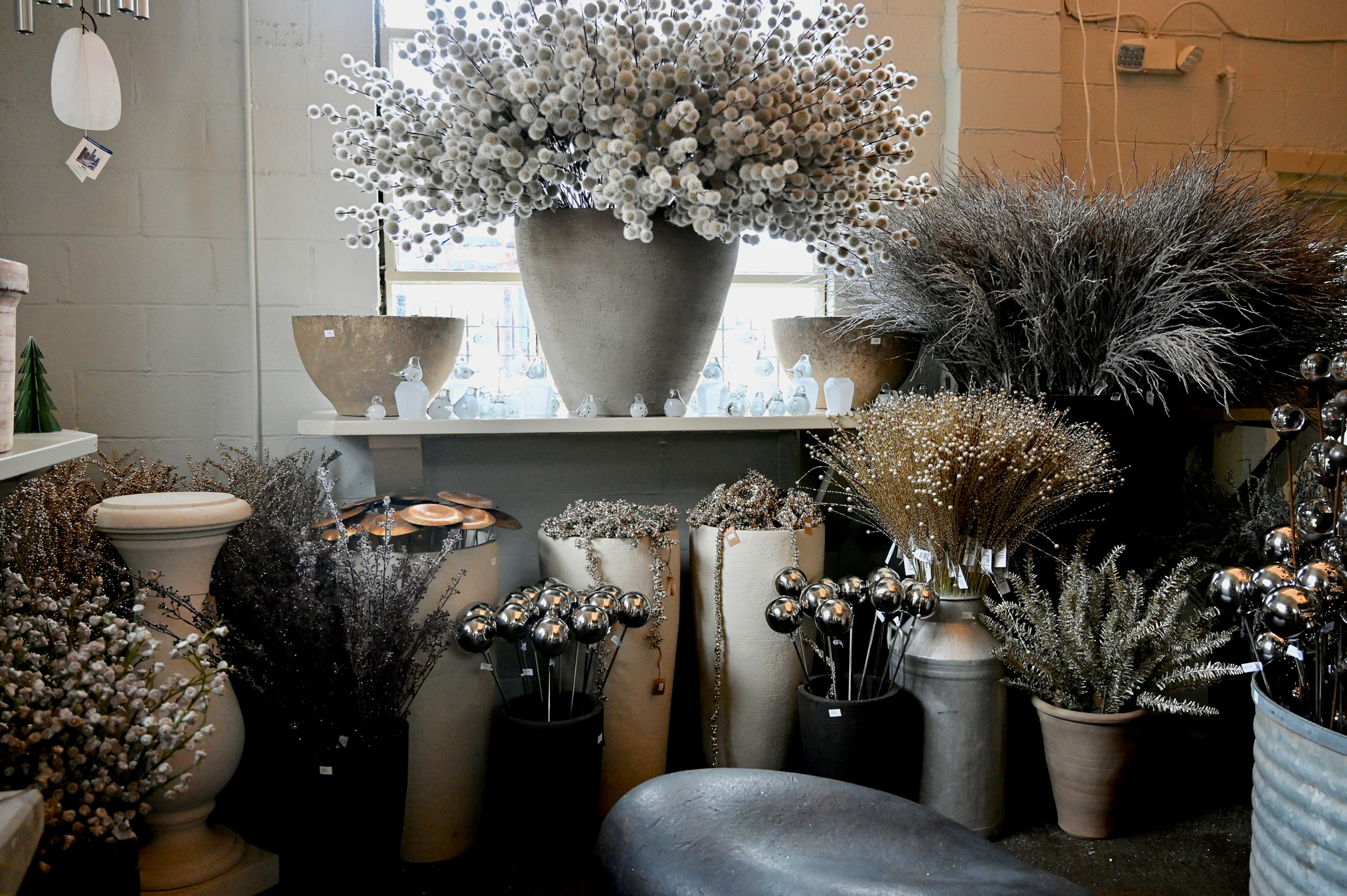
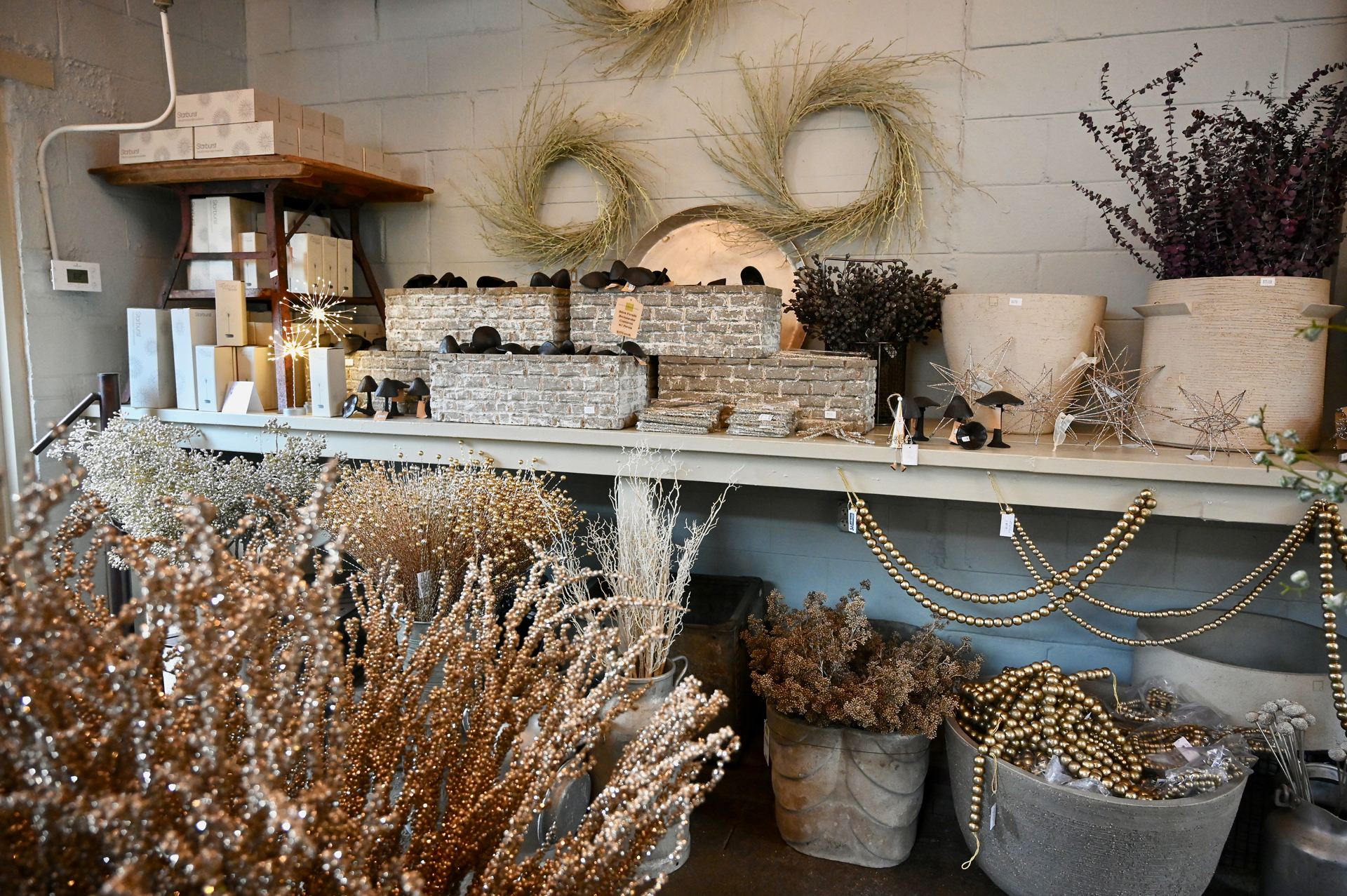
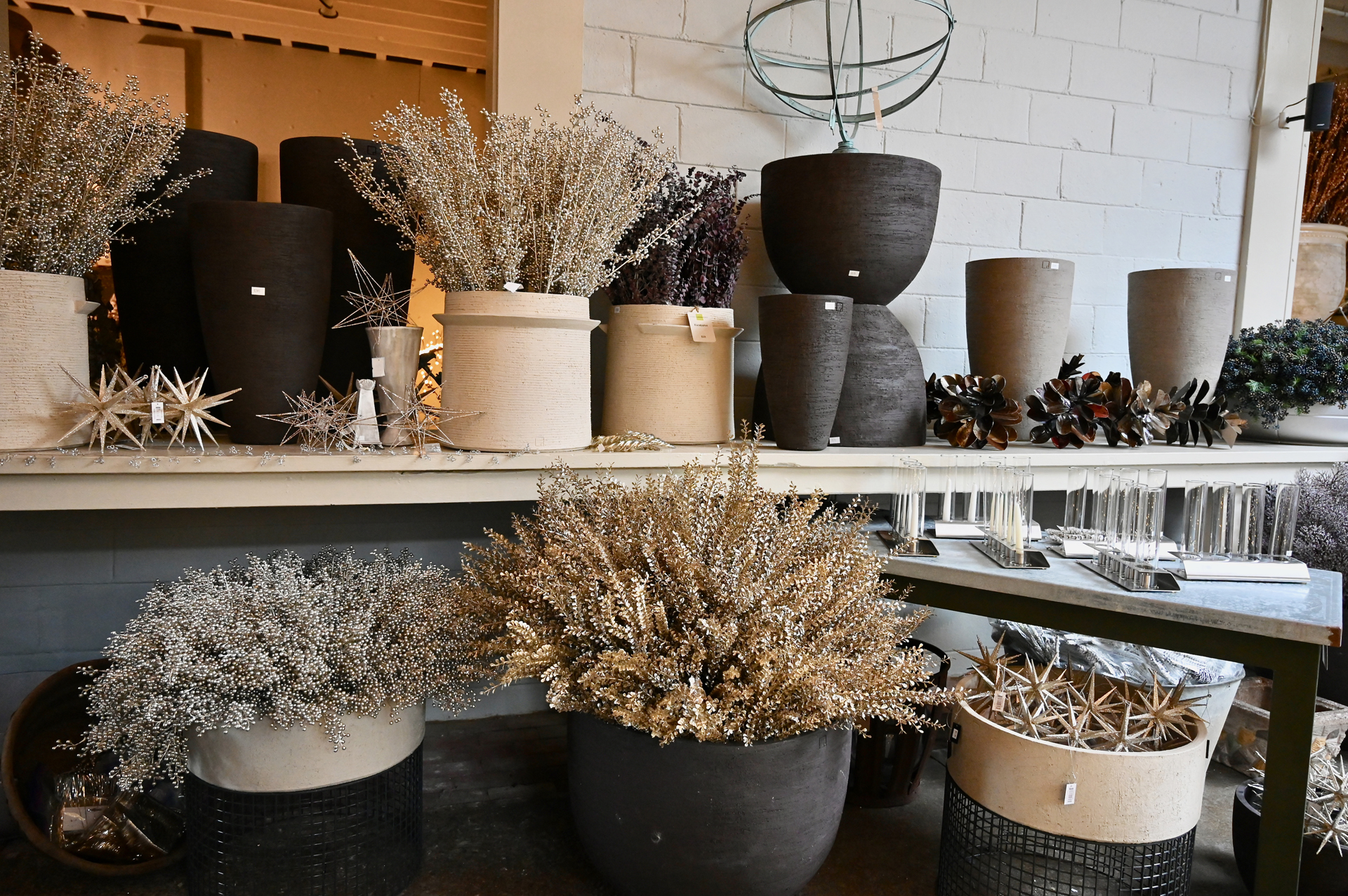
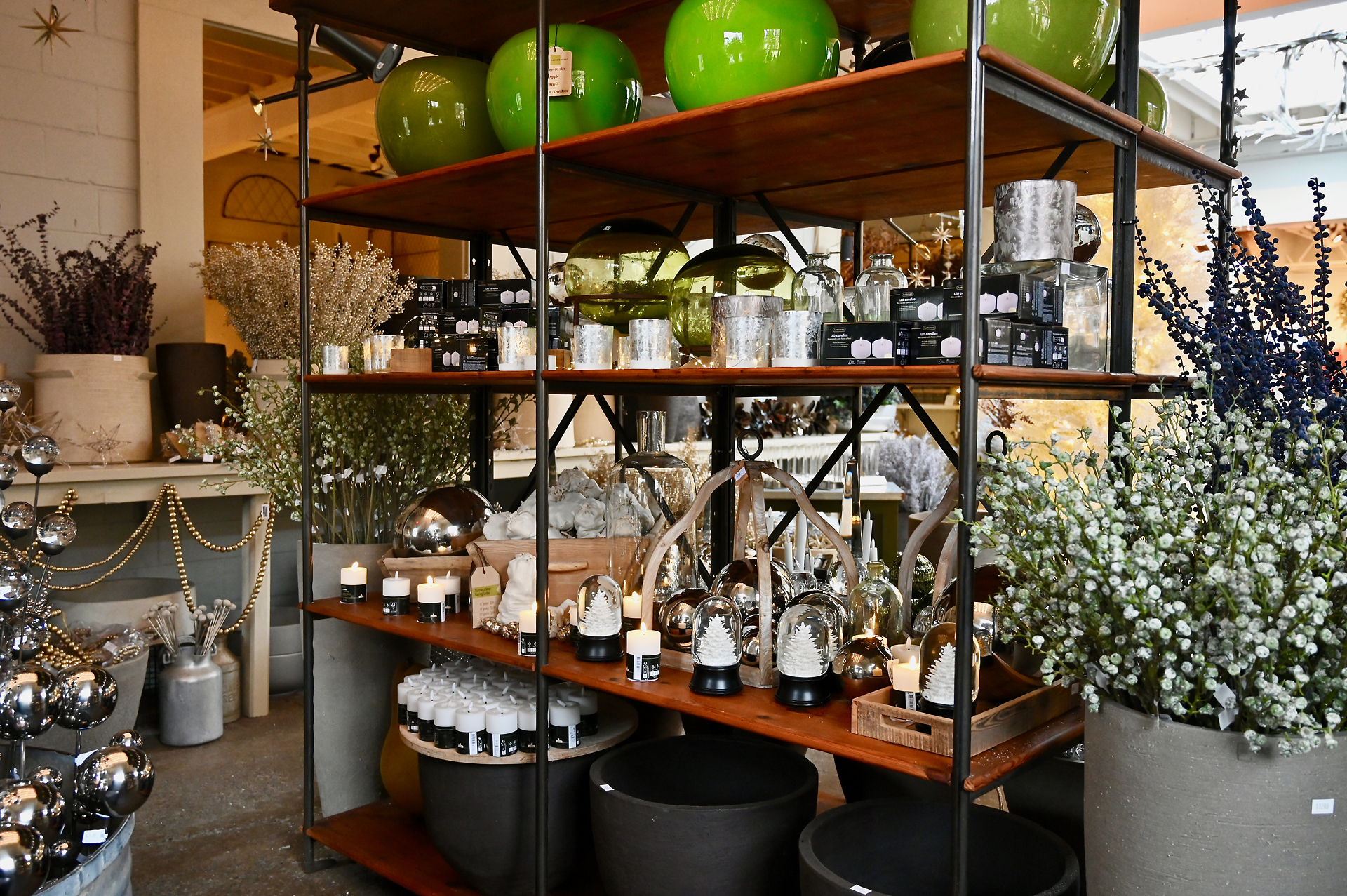
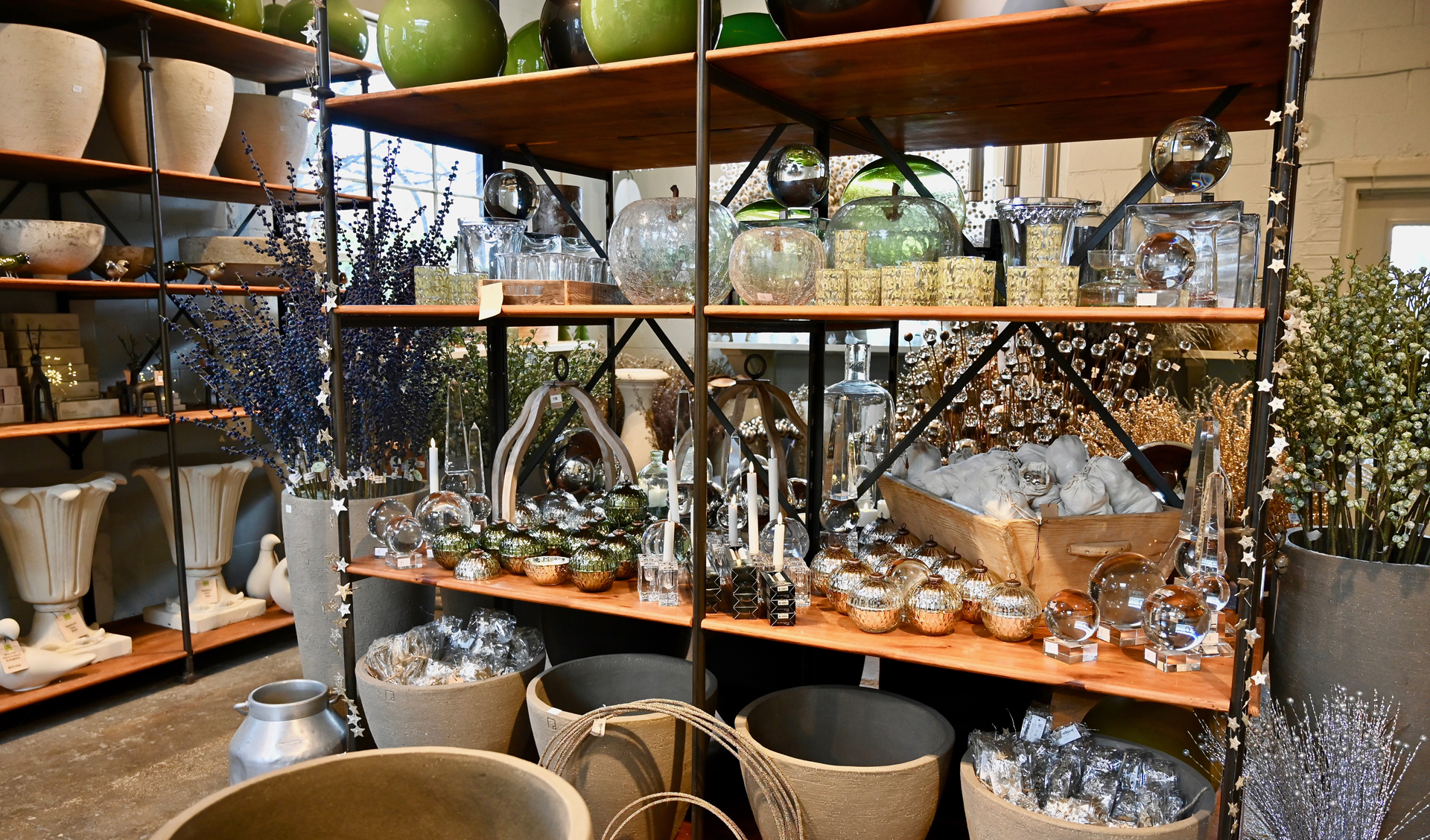
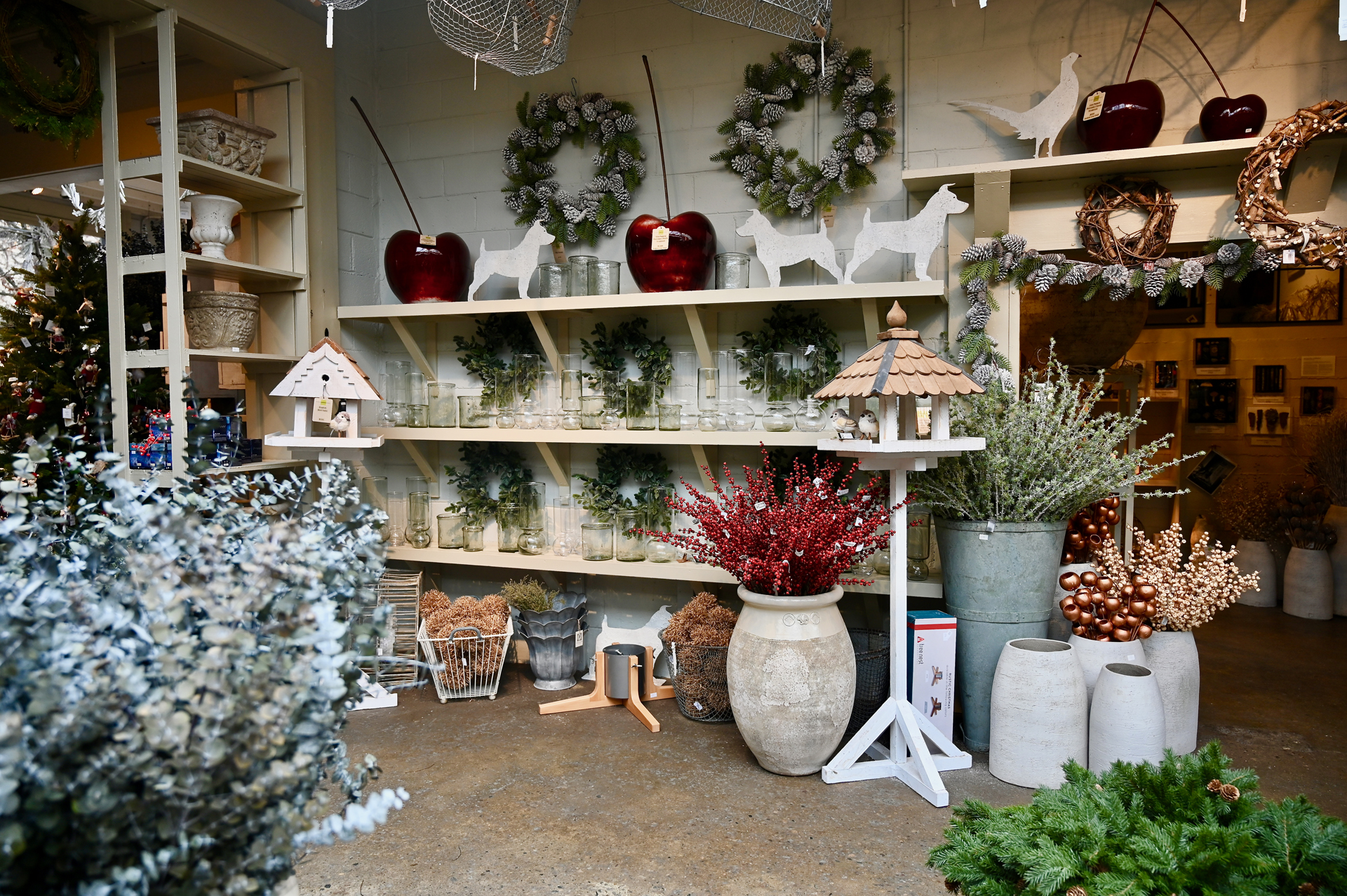
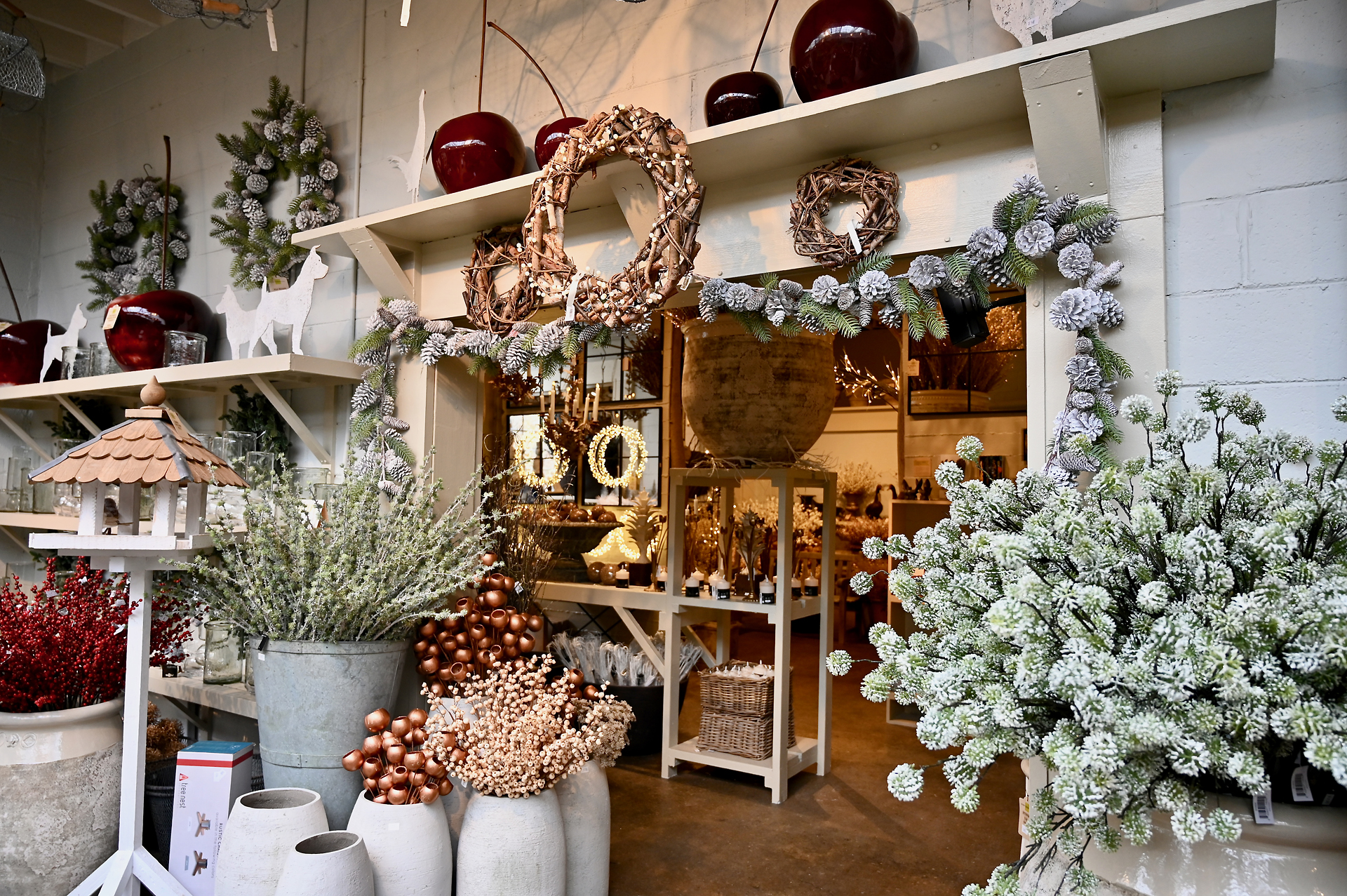

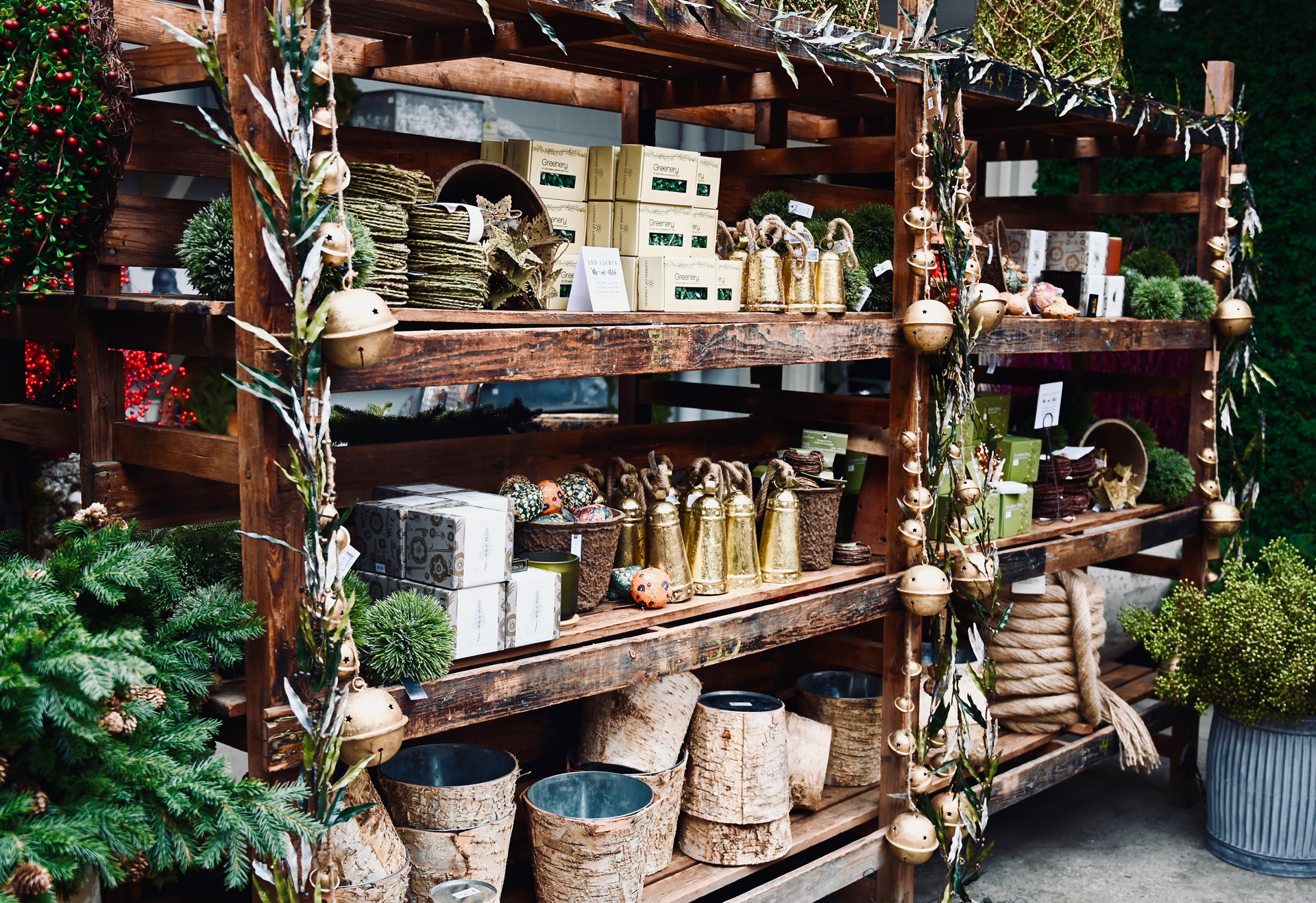
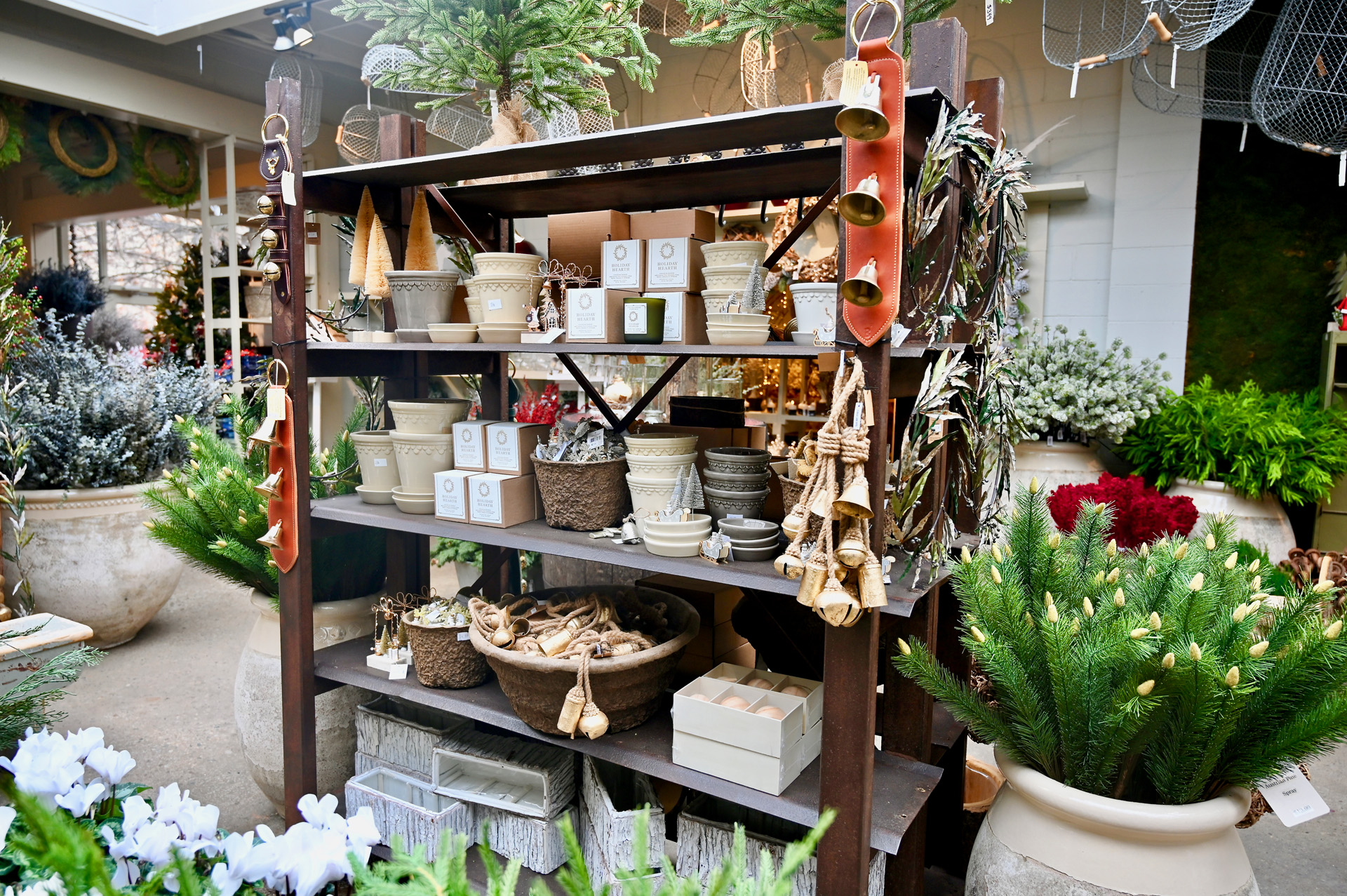
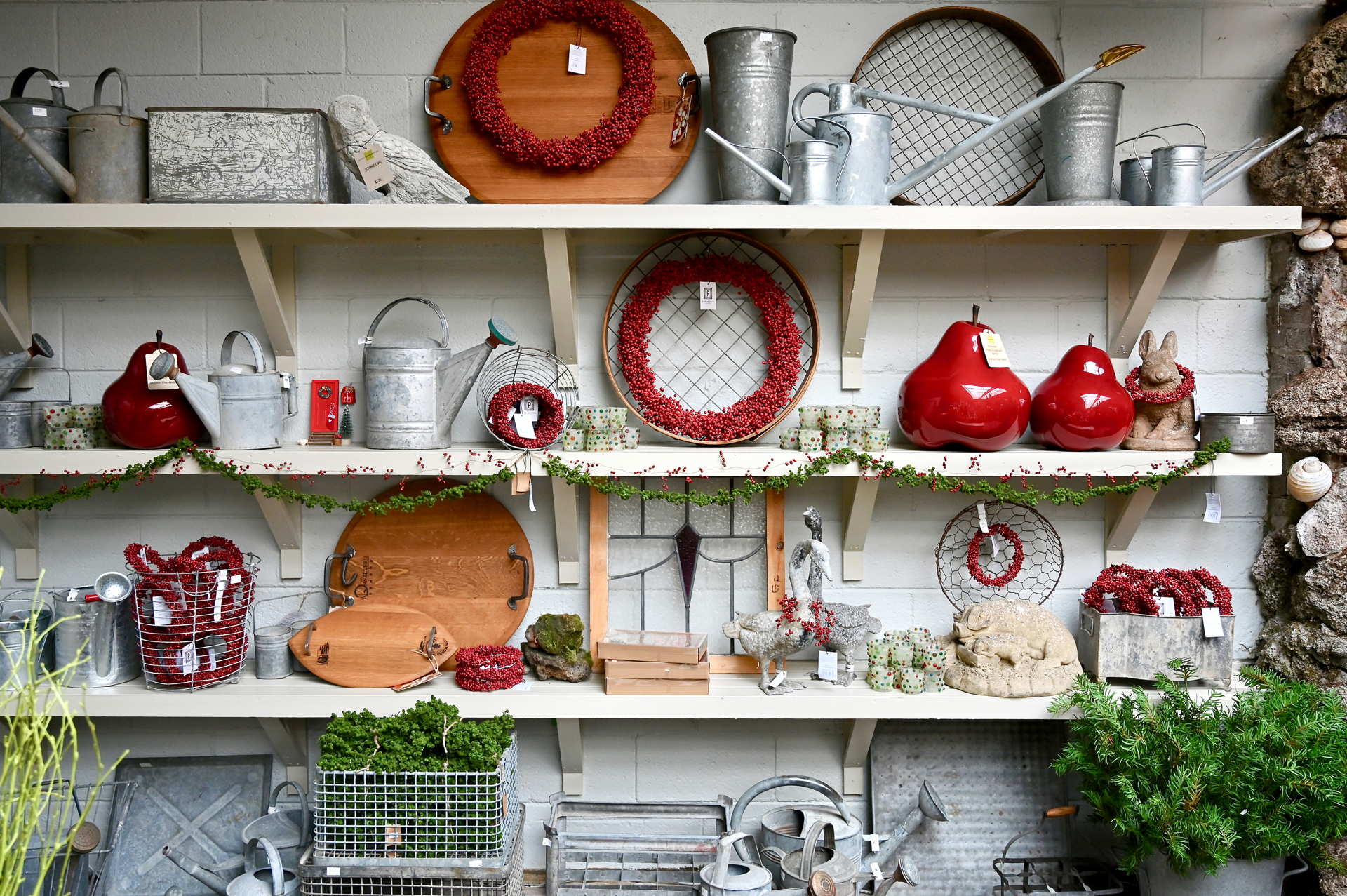
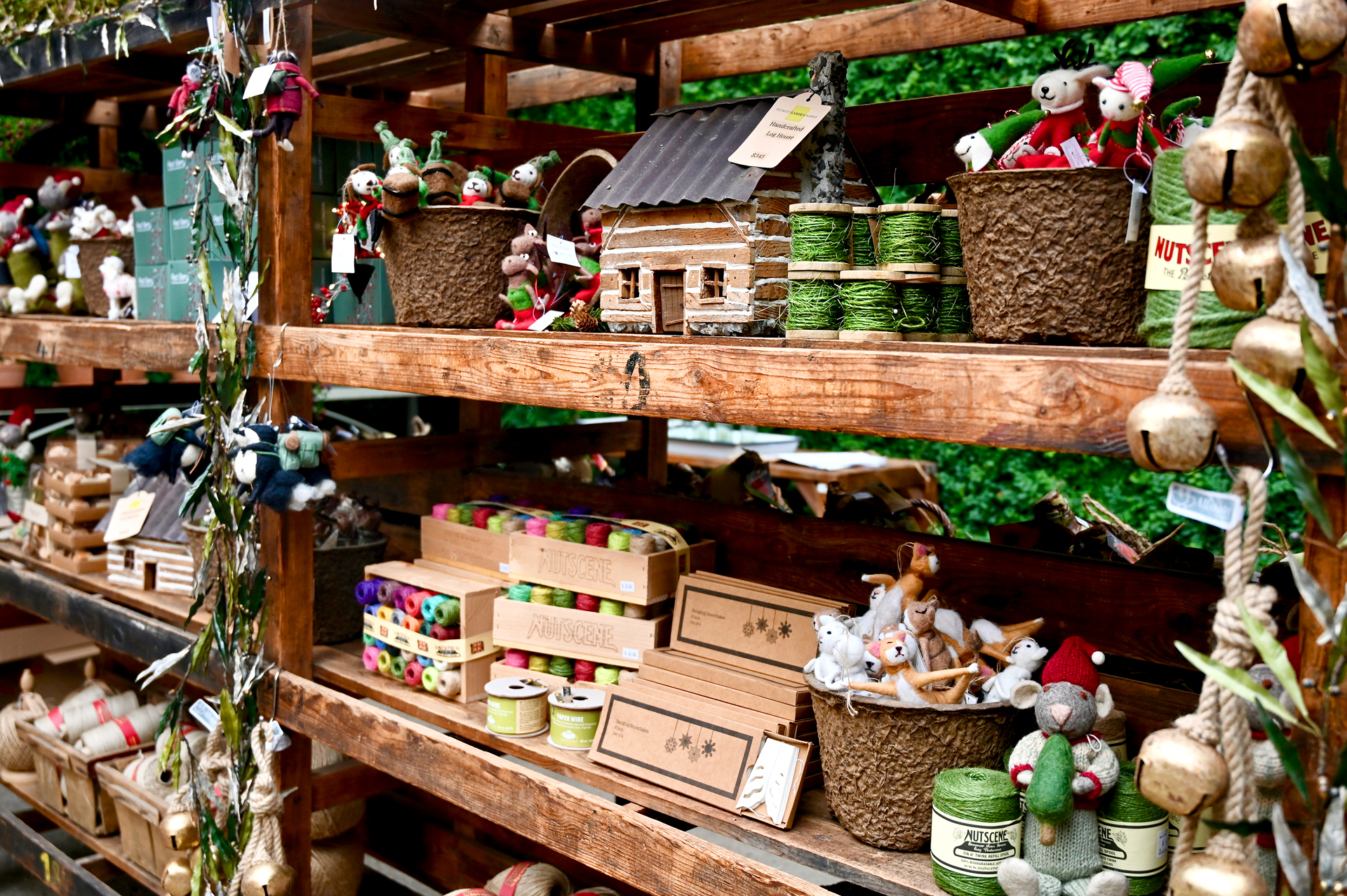
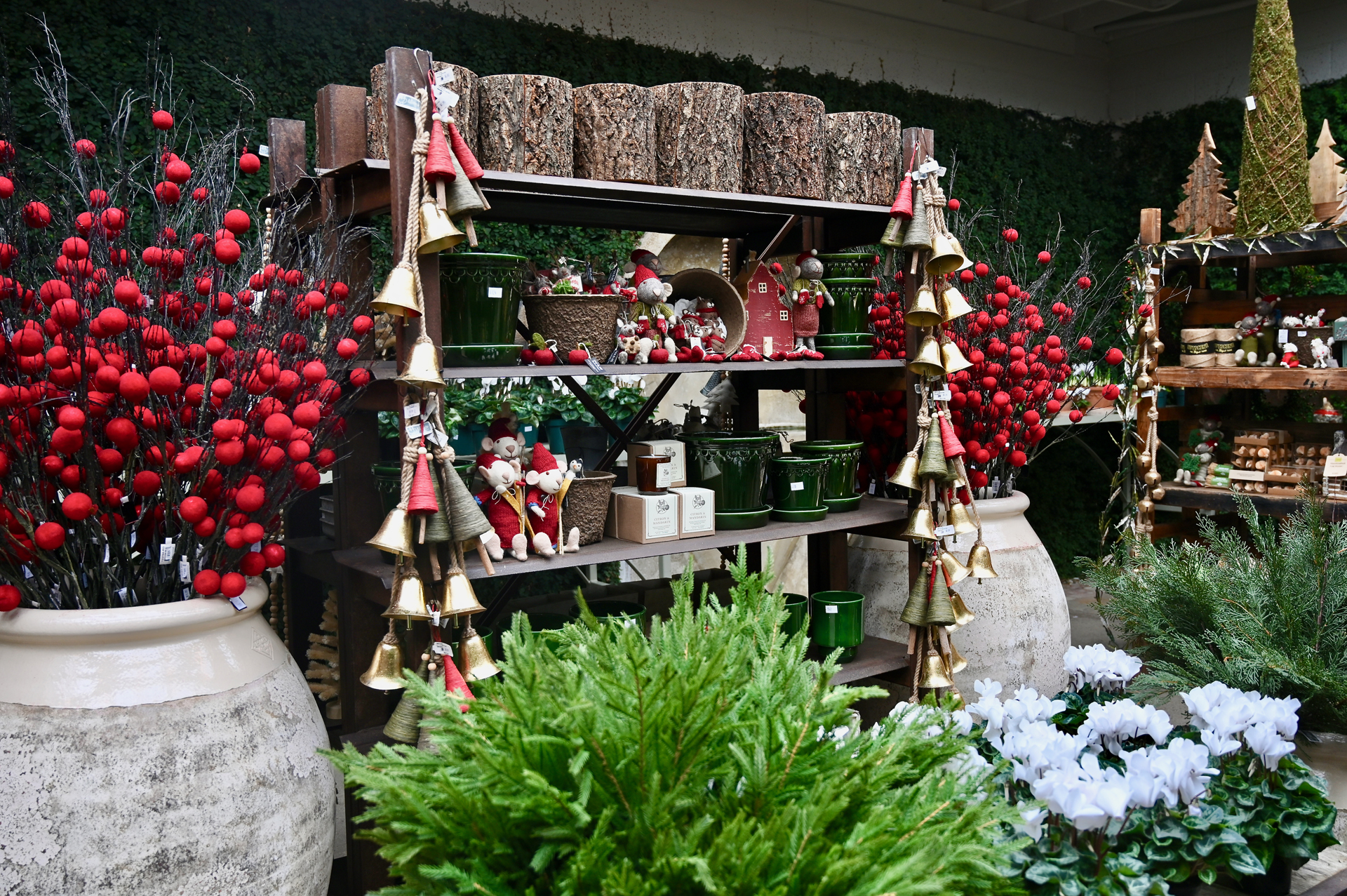
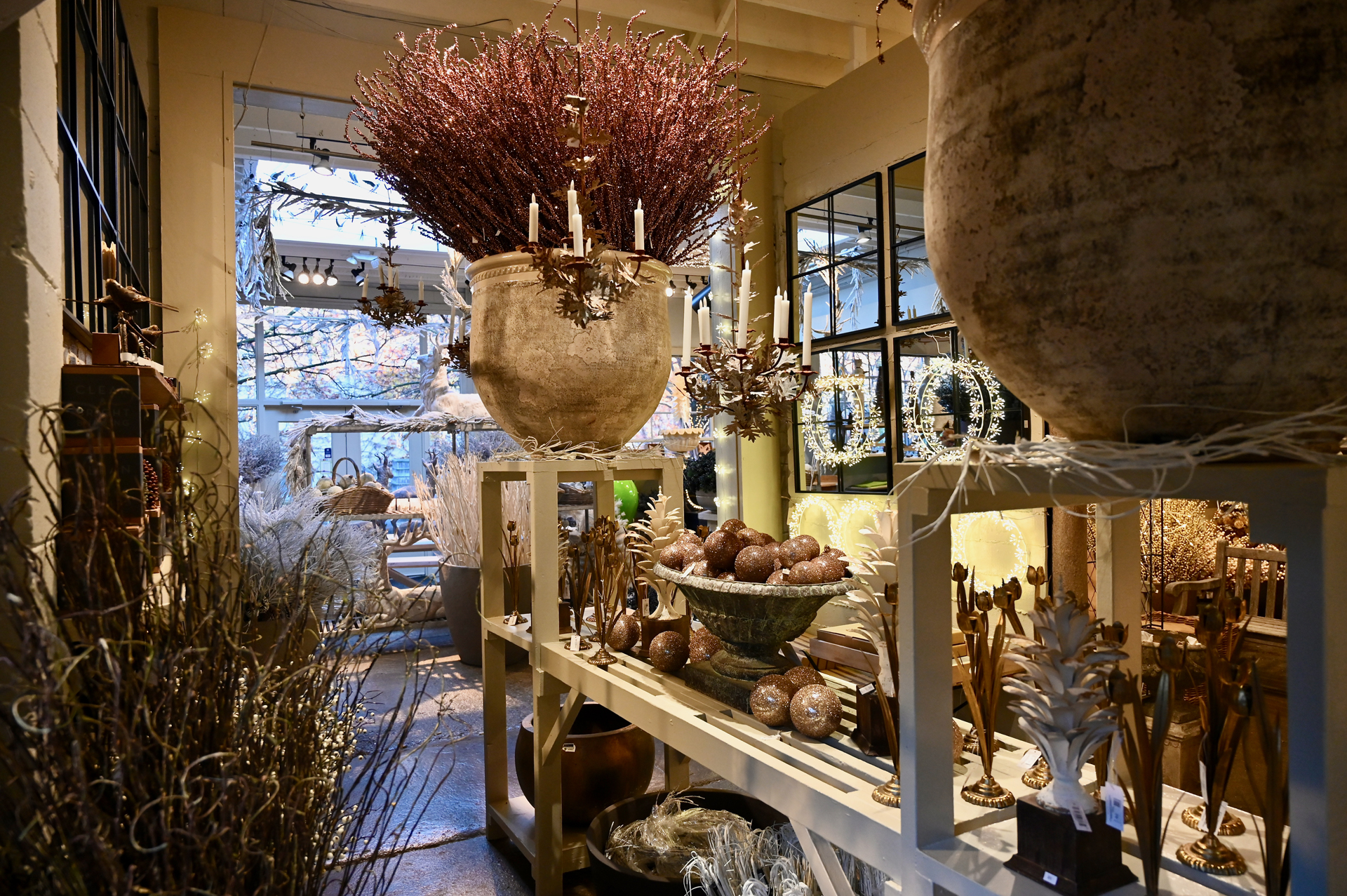
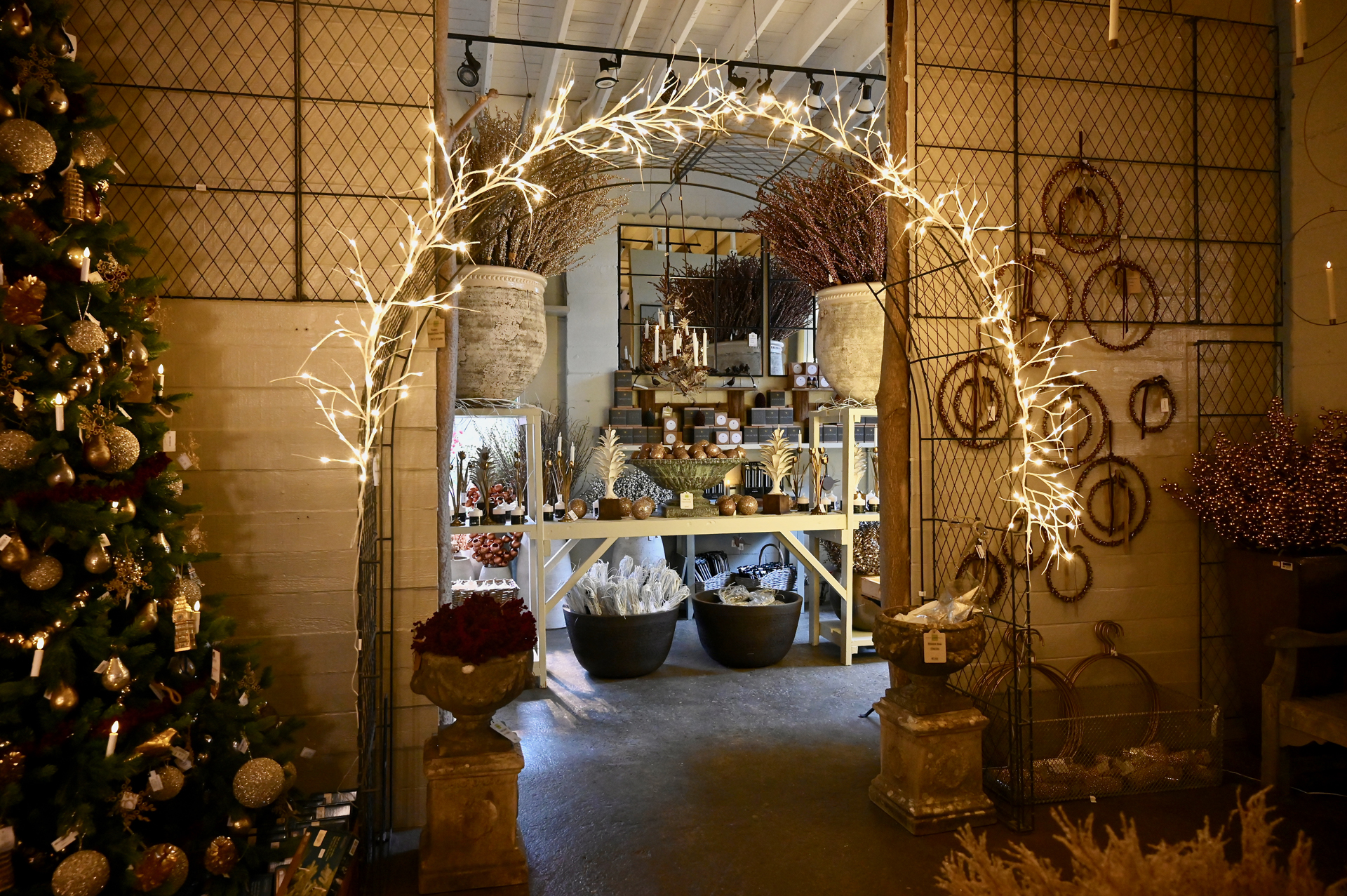
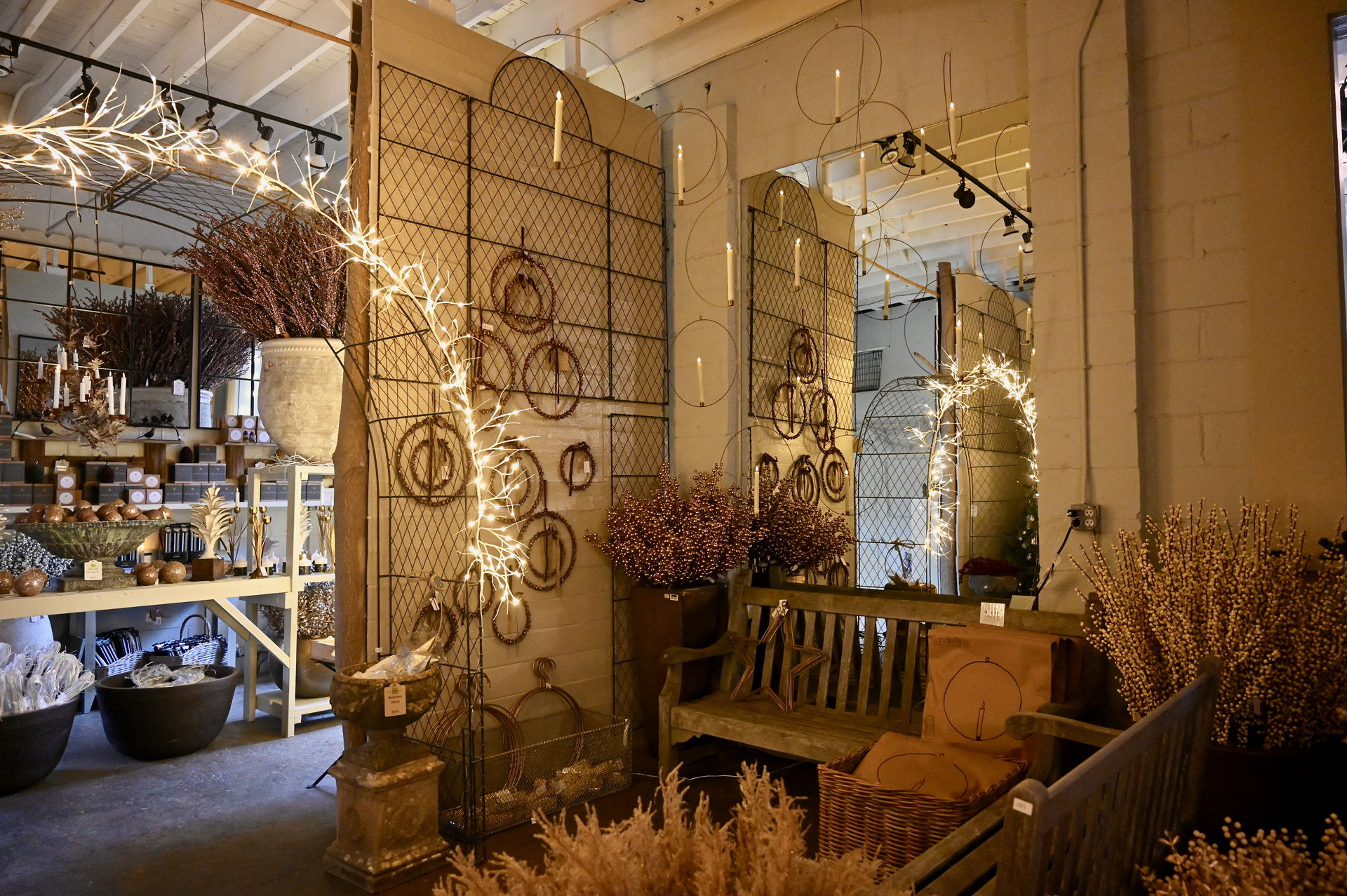
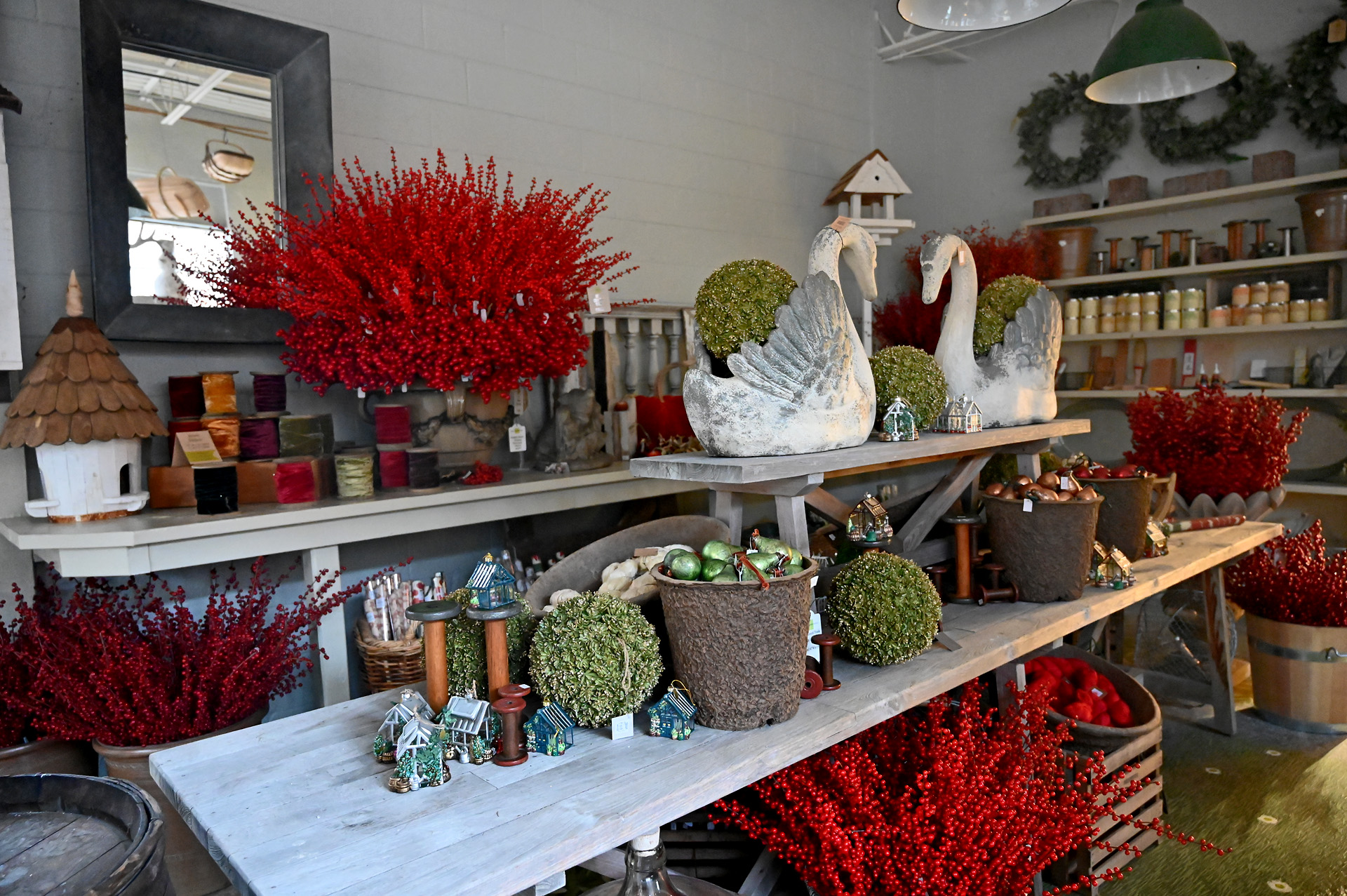
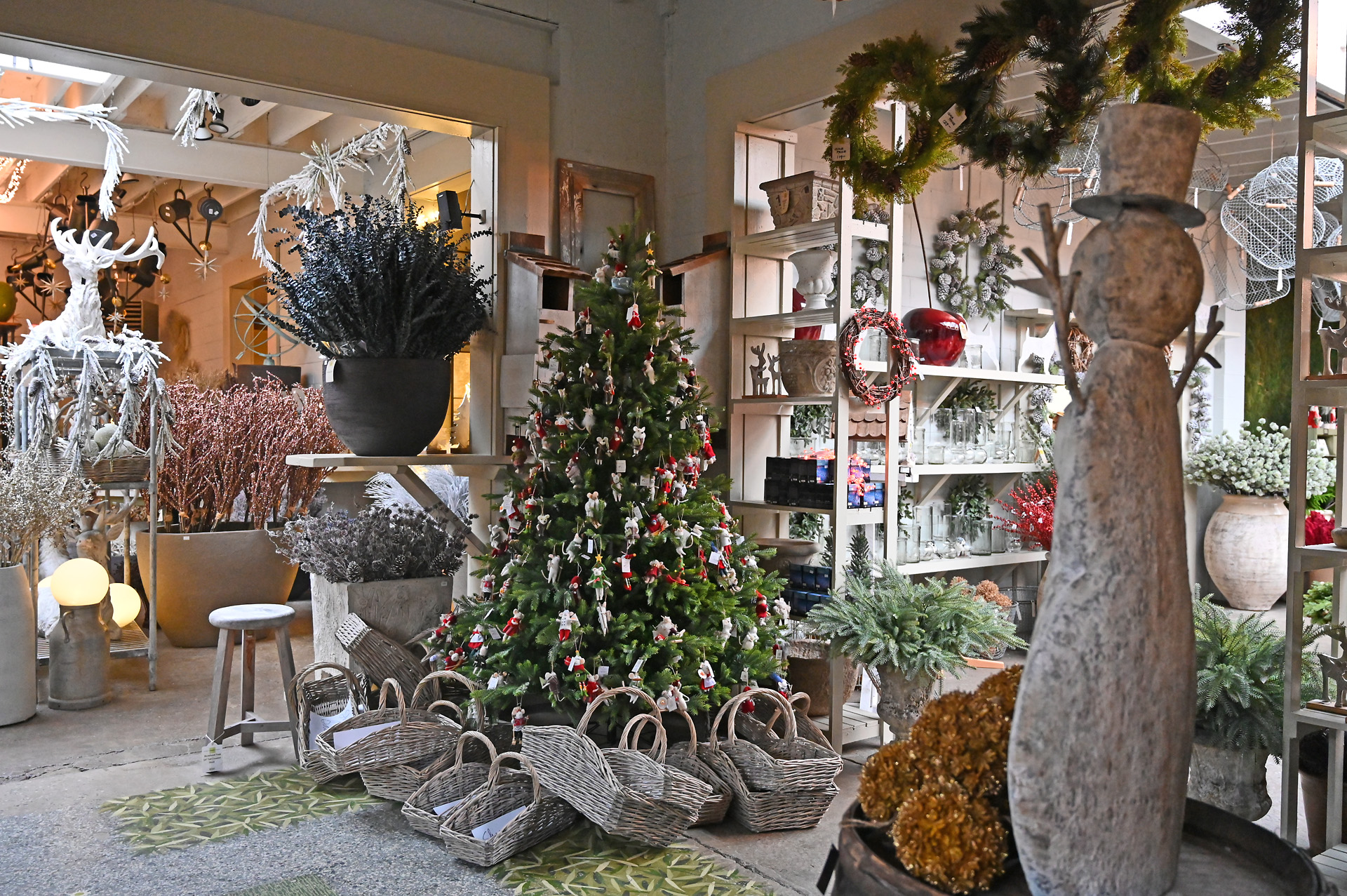
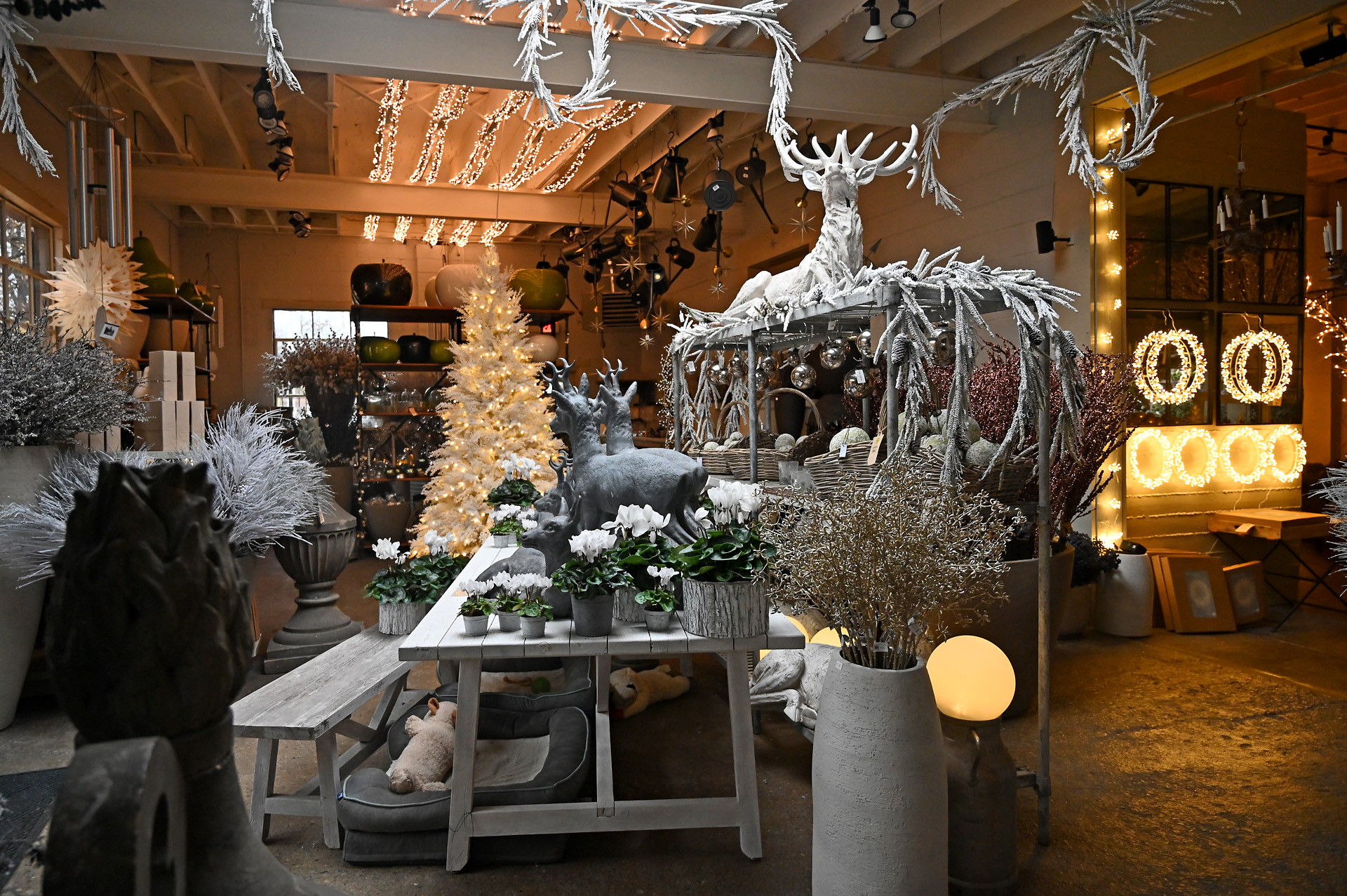
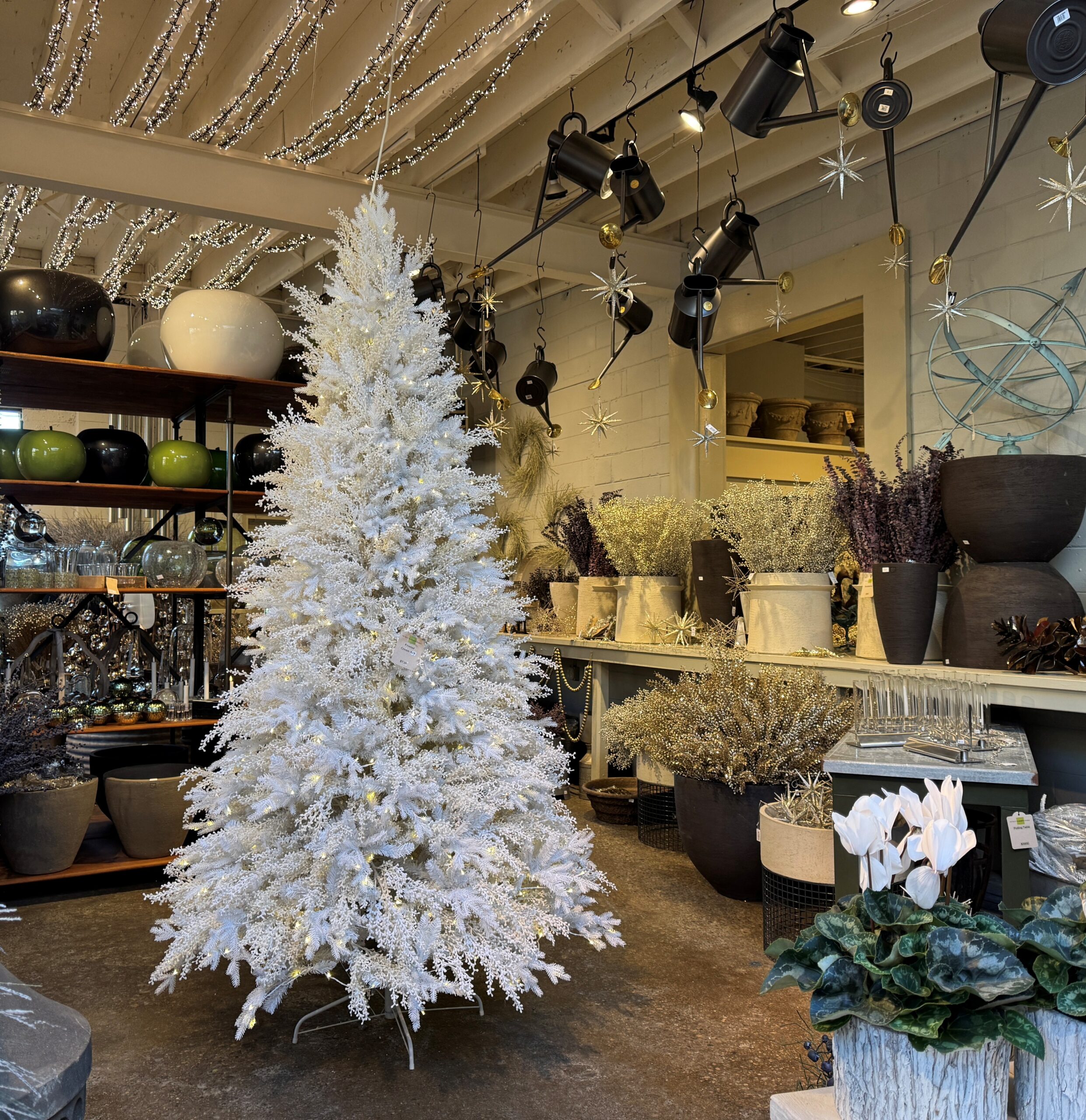

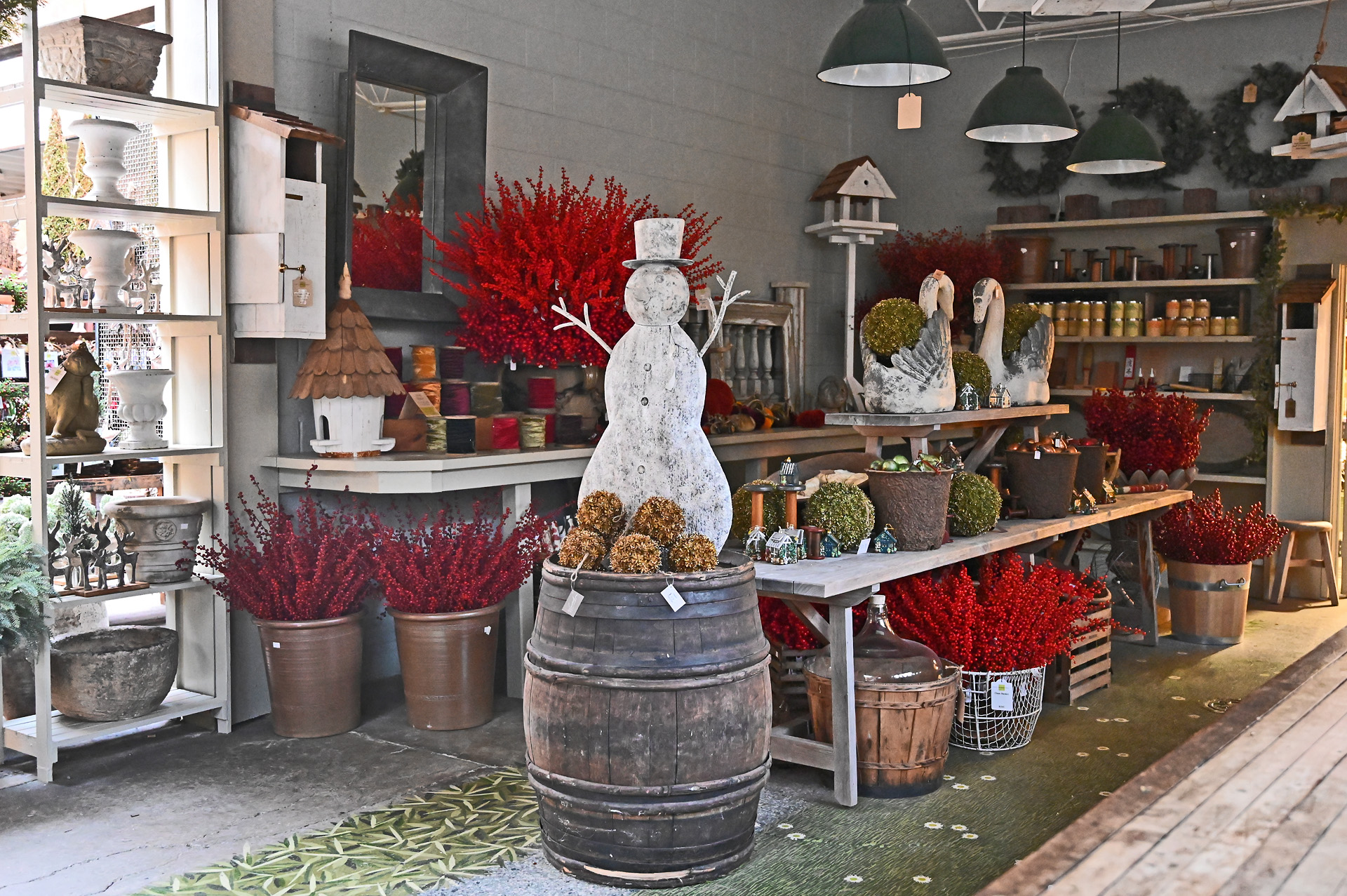

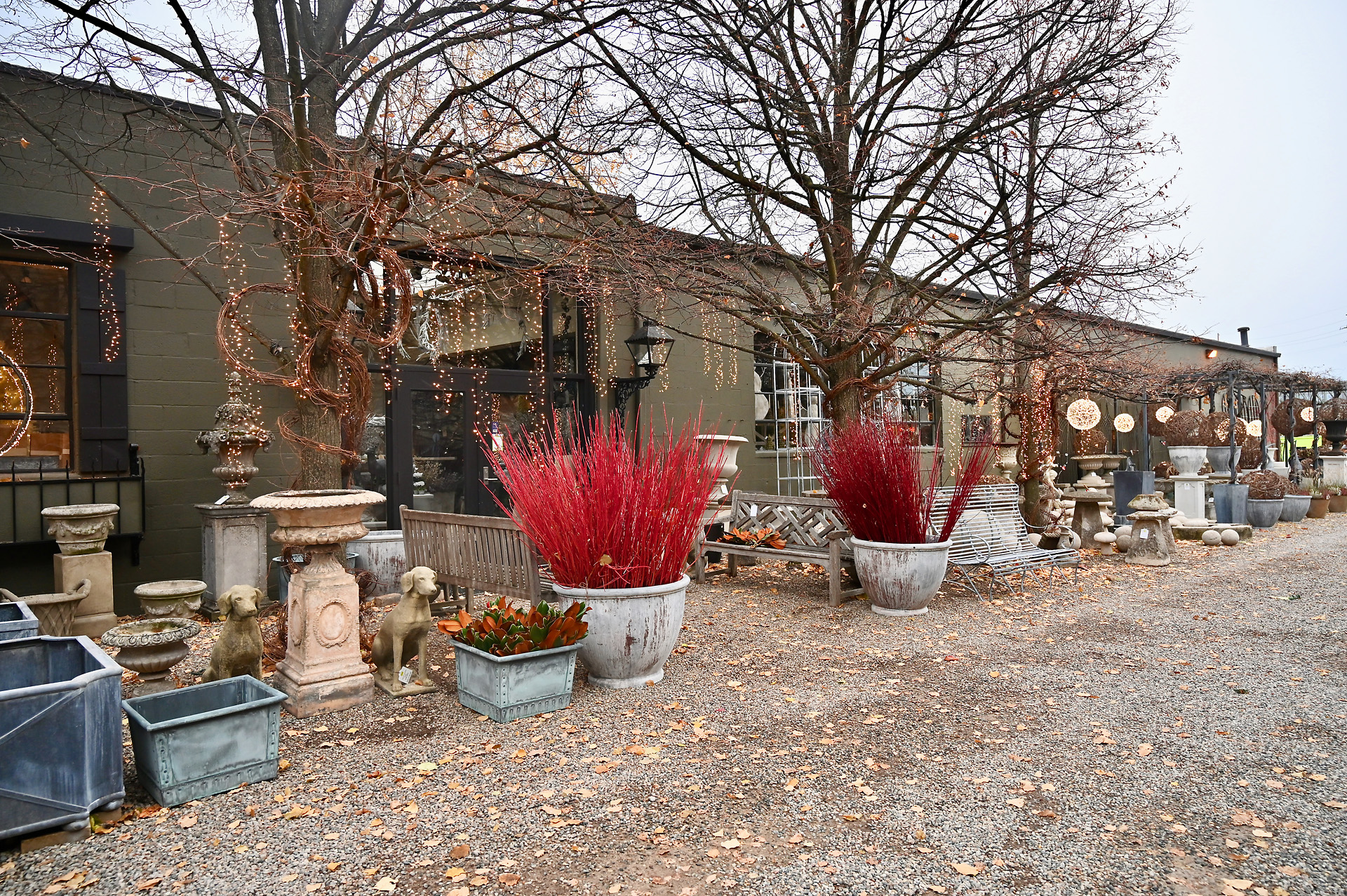
What could possibly be more forlorn and pathetic to a gardener than empty garden pots, or a landscape gone dark and dreary at year’s end?Finding a reason to celebrate seems like a much better idea. We intend to provide the chance to help keep the gardening season open and thriving all year round, in spite of the untoward winter weather and dark. If you see anything here that interests or intrigues you enough to inquire further, we are available.
1 248 335 8089
webinquiry@detroitgardenworks.com
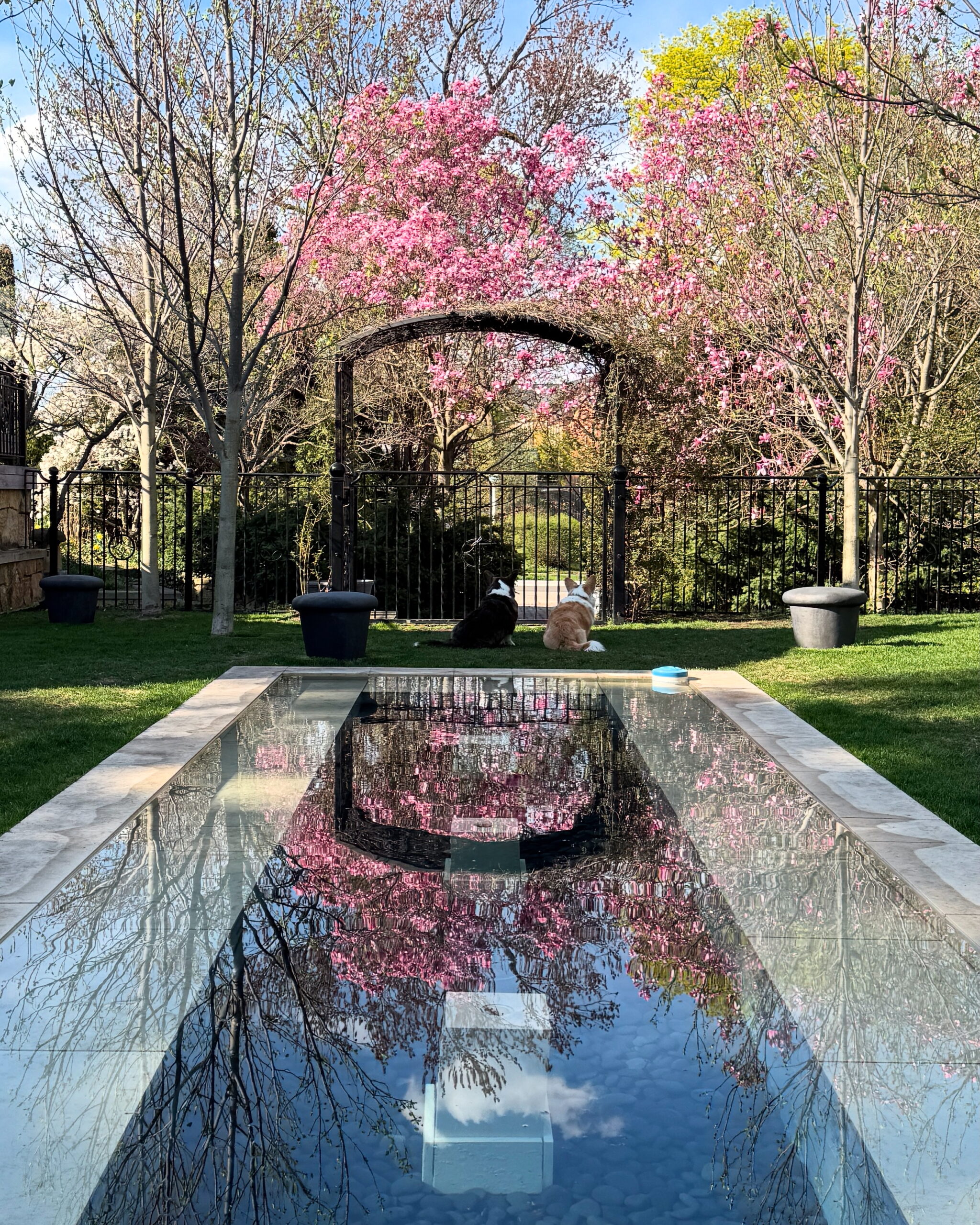 Once a year we have spring in Michigan, and this is it. Ha. Let that big talk on my part sink in a little. I am not at all sure we are having spring yet. Maybe what we have now is just a cold, rainy, and off putting version of pre-spring. Maybe I missed it – could our spring be just about over? Or is the real spring due here any minute. There are always caveats that come with any discussion of the change from one season to the next. Especially our spring. It was 35 degrees at my house this morning. It can safely be said that the interminable winter has shown some signs of moderating, and there have been tantalizing albeit brief instances of remarkably warm weather and blue skies. Nothing decisive yet. A cautious assessment is prudent. Nature can have a very hard time deciding to finally let go and get on with it. But all of the fits, starts and stalling make for some adult fun. Delayed gratification, they call this.
Once a year we have spring in Michigan, and this is it. Ha. Let that big talk on my part sink in a little. I am not at all sure we are having spring yet. Maybe what we have now is just a cold, rainy, and off putting version of pre-spring. Maybe I missed it – could our spring be just about over? Or is the real spring due here any minute. There are always caveats that come with any discussion of the change from one season to the next. Especially our spring. It was 35 degrees at my house this morning. It can safely be said that the interminable winter has shown some signs of moderating, and there have been tantalizing albeit brief instances of remarkably warm weather and blue skies. Nothing decisive yet. A cautious assessment is prudent. Nature can have a very hard time deciding to finally let go and get on with it. But all of the fits, starts and stalling make for some adult fun. Delayed gratification, they call this.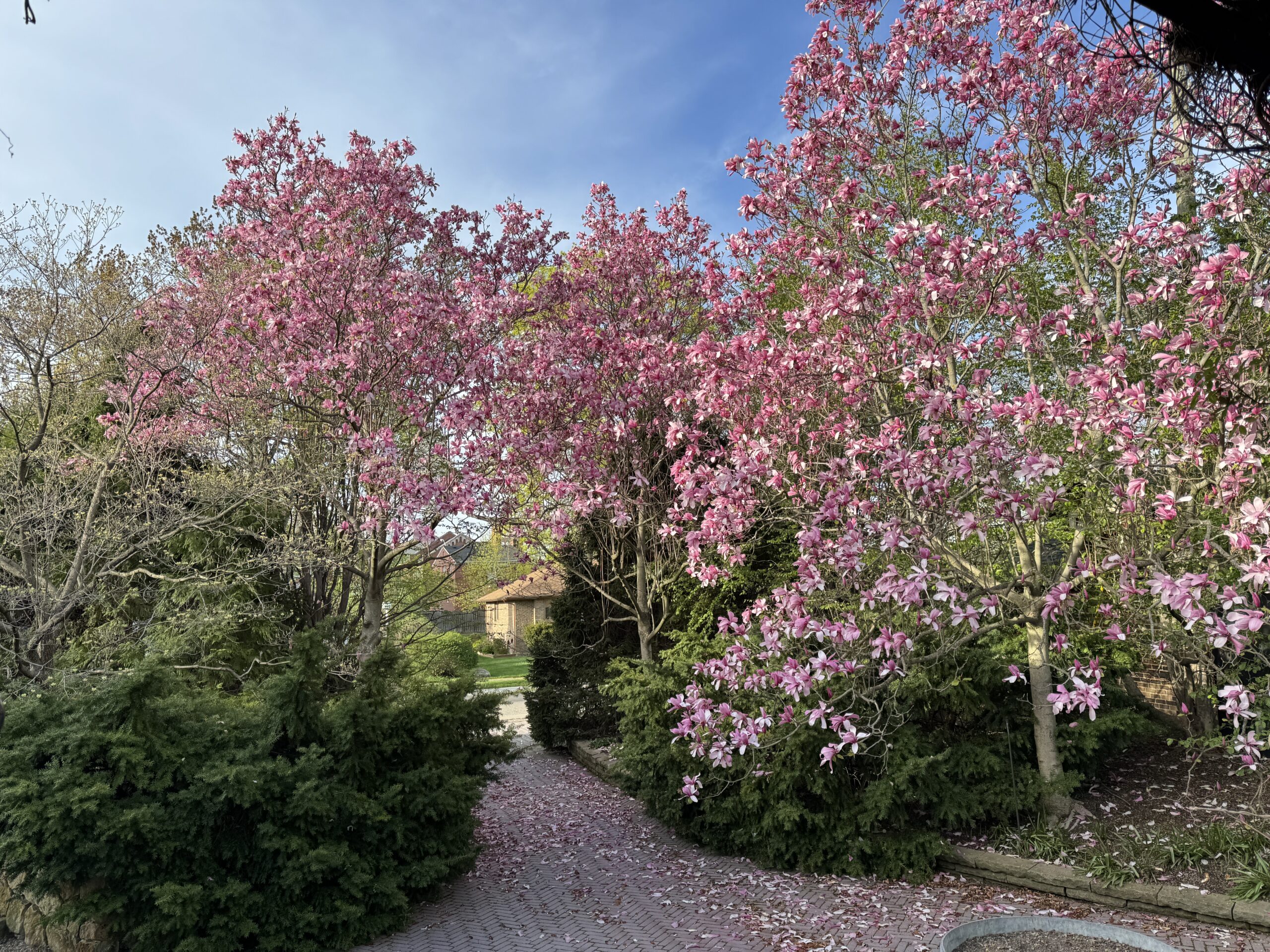
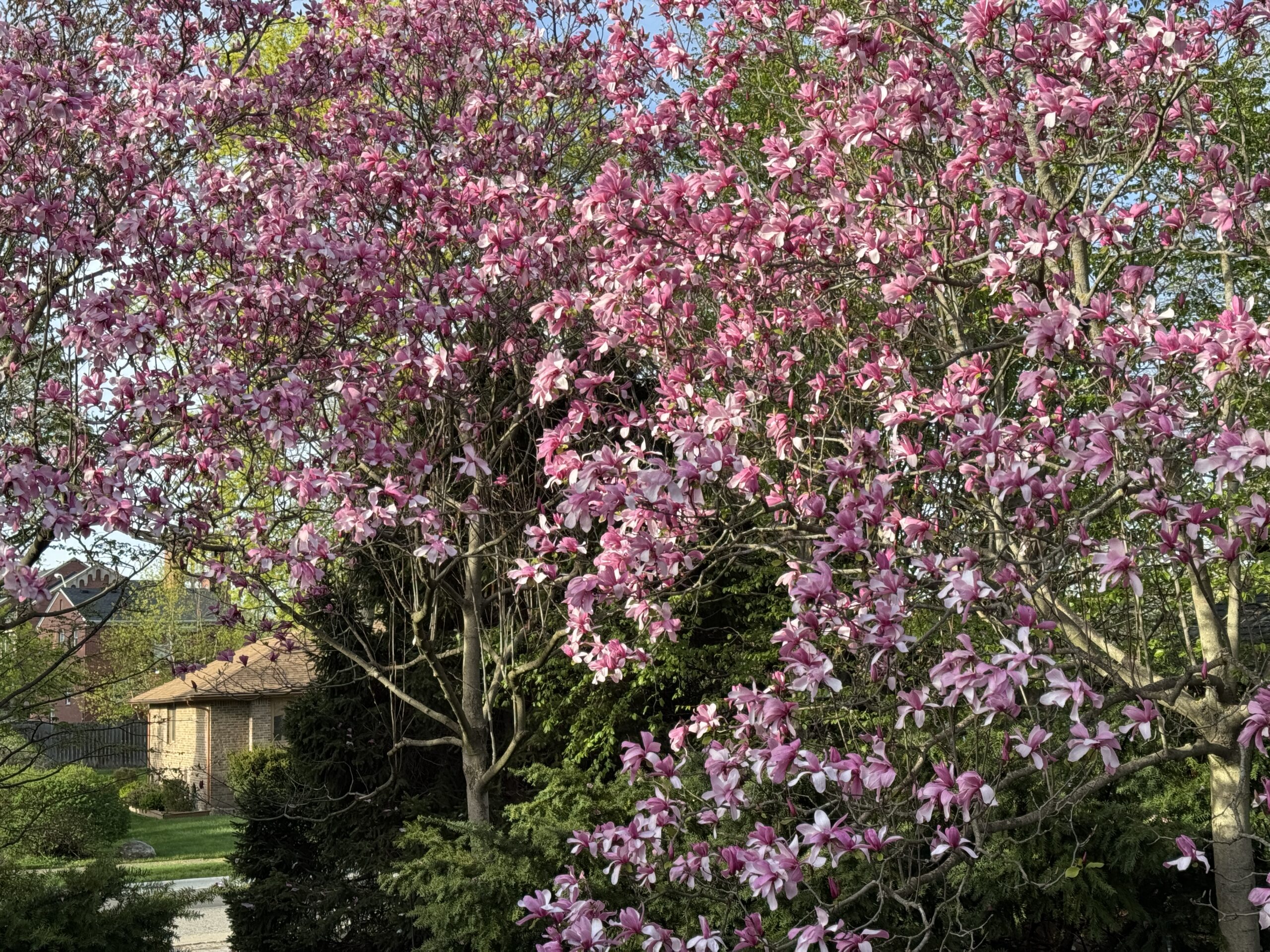
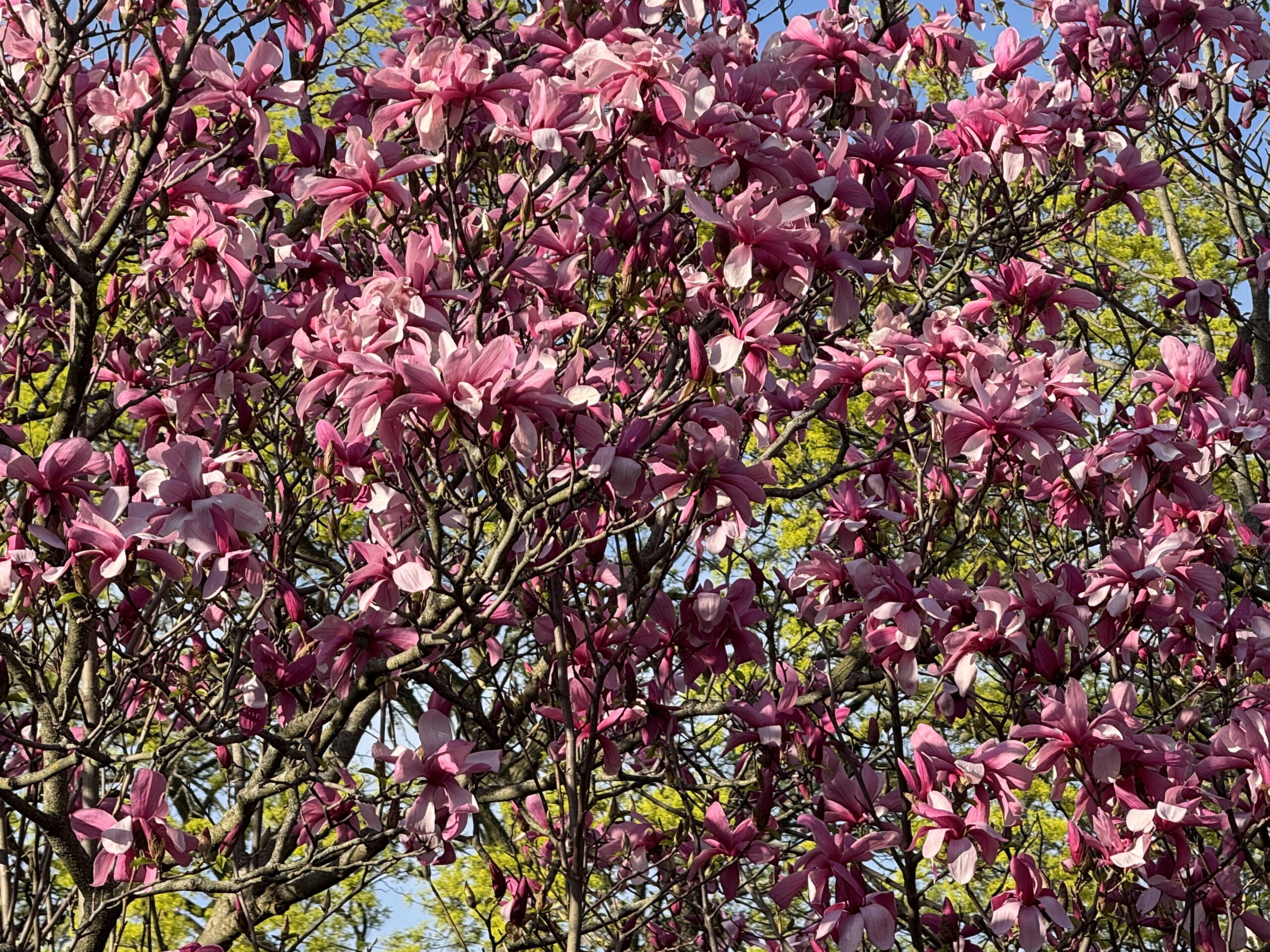 I have three magnolias in my yard which are surely 20 years old by now. The cultivar is named “Galaxy”, which is a National Arboretum plant introduction. The following is from their website: ‘Galaxy’ is an F1 hybrid selection resulting from a 1963 cross between Magnolia liliiflora ‘Nigra’ and M. sprengeri ‘Diva’. ‘Galaxy’ first flowered at 9 years of age from seed. The cultivar name ‘Galaxy’ is registered with the American Magnolia Society. Released in 1980. Magnolia ‘Galaxy’ is unique in form and flower among cultivated magnolias. It is a single stemmed, pyramidal, tree-form magnolia with excellent, ascending branching habit. ‘Galaxy’ flowers 2 weeks after its early parent M.‘Diva’, late enough to avoid most late spring frost damage. Adaptable to a wide range of soil conditions” The late flowering is almost an essential condition for a good choice of magnolia in my zone. The other condition this tree favorably adapts to is its upright habit of growth. I live on a very small city property without the room necessary for a wide growing tree. Even the neighborhood shade trees in the right of way look unhappy, having been jammed into a space that is too small.
I have three magnolias in my yard which are surely 20 years old by now. The cultivar is named “Galaxy”, which is a National Arboretum plant introduction. The following is from their website: ‘Galaxy’ is an F1 hybrid selection resulting from a 1963 cross between Magnolia liliiflora ‘Nigra’ and M. sprengeri ‘Diva’. ‘Galaxy’ first flowered at 9 years of age from seed. The cultivar name ‘Galaxy’ is registered with the American Magnolia Society. Released in 1980. Magnolia ‘Galaxy’ is unique in form and flower among cultivated magnolias. It is a single stemmed, pyramidal, tree-form magnolia with excellent, ascending branching habit. ‘Galaxy’ flowers 2 weeks after its early parent M.‘Diva’, late enough to avoid most late spring frost damage. Adaptable to a wide range of soil conditions” The late flowering is almost an essential condition for a good choice of magnolia in my zone. The other condition this tree favorably adapts to is its upright habit of growth. I live on a very small city property without the room necessary for a wide growing tree. Even the neighborhood shade trees in the right of way look unhappy, having been jammed into a space that is too small.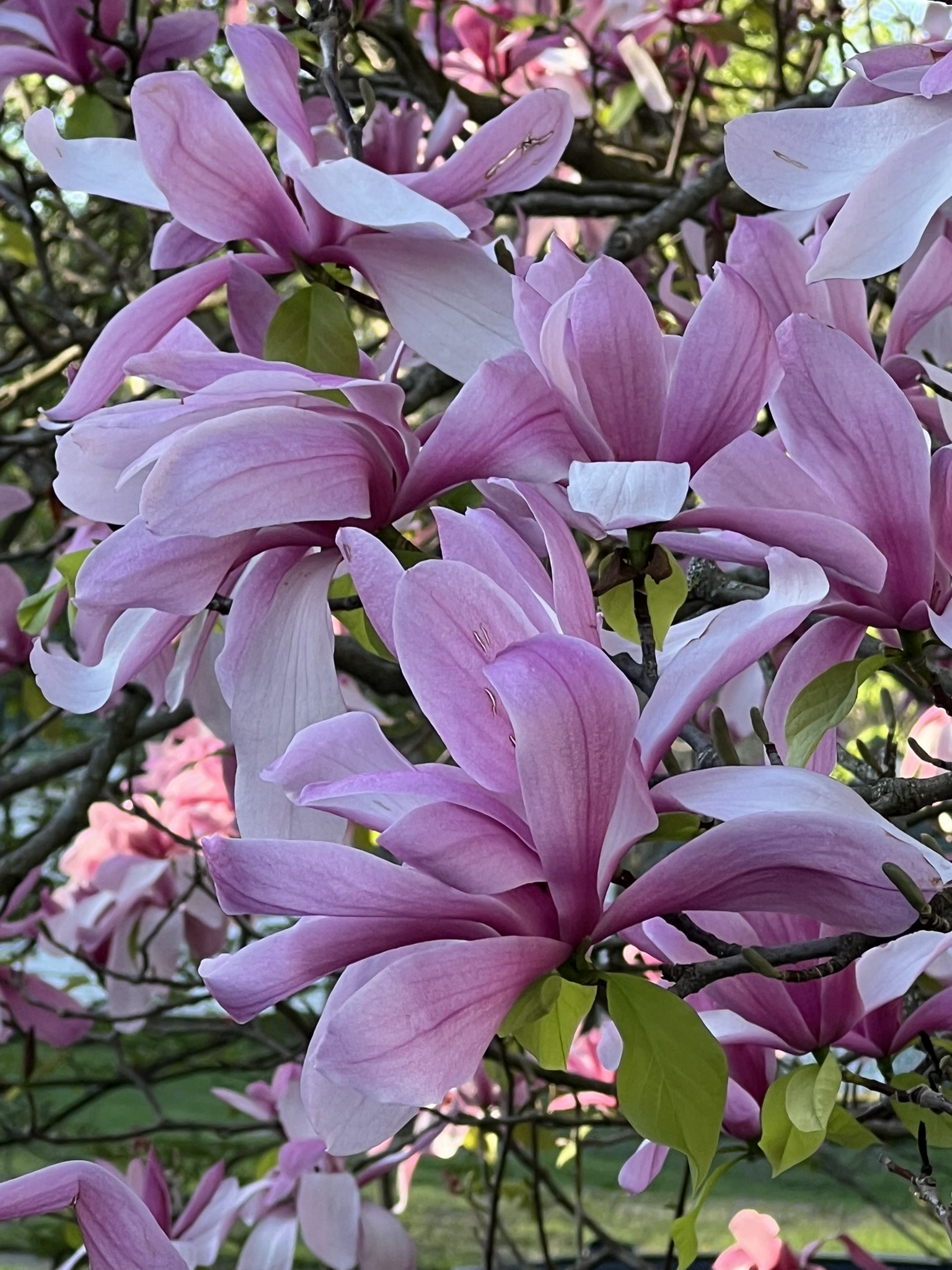 As for the flowers, when they are good, they are glorious. The oversized multi petal blooms are the showgirls of the tree flowering world. No other tree can compare, no matter which cultivar you plant. This year, the flowers are beyond fabulous. Not only are the flowers large and robust, the branches of all 3 trees are covered with flowers. They started to open 3 weeks ago, and I could watch that process unfolding day after day. The chilly weather played a big part in creating a lengthy blooming season. Much like cut flowers held in a refrigerated room, cool air temperatures prolong flower life. Once the flowers have been in bloom for a while, the branches begin to leaf out. There is that brief moment where flowers and leaves are vying for attention.
As for the flowers, when they are good, they are glorious. The oversized multi petal blooms are the showgirls of the tree flowering world. No other tree can compare, no matter which cultivar you plant. This year, the flowers are beyond fabulous. Not only are the flowers large and robust, the branches of all 3 trees are covered with flowers. They started to open 3 weeks ago, and I could watch that process unfolding day after day. The chilly weather played a big part in creating a lengthy blooming season. Much like cut flowers held in a refrigerated room, cool air temperatures prolong flower life. Once the flowers have been in bloom for a while, the branches begin to leaf out. There is that brief moment where flowers and leaves are vying for attention.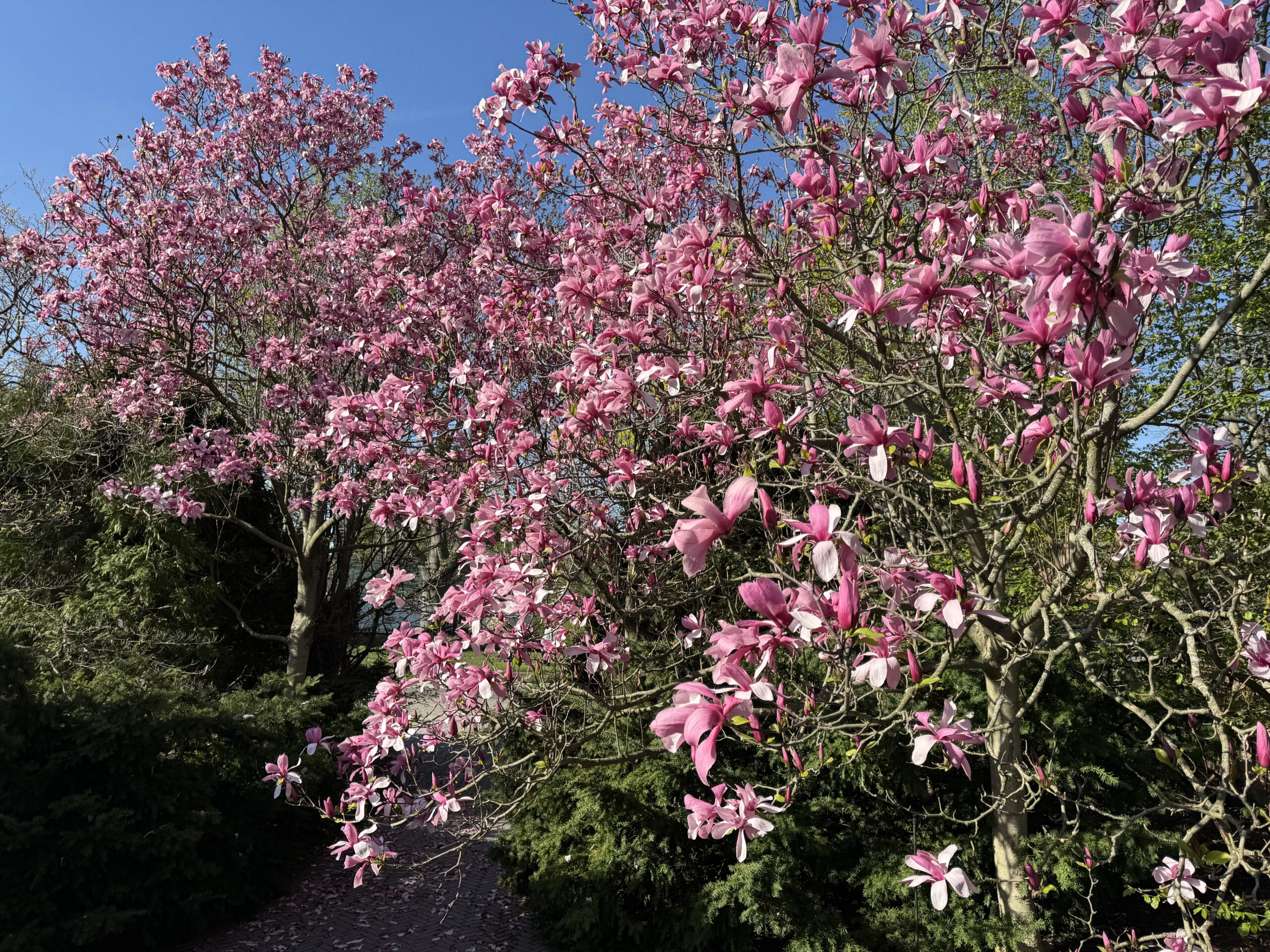
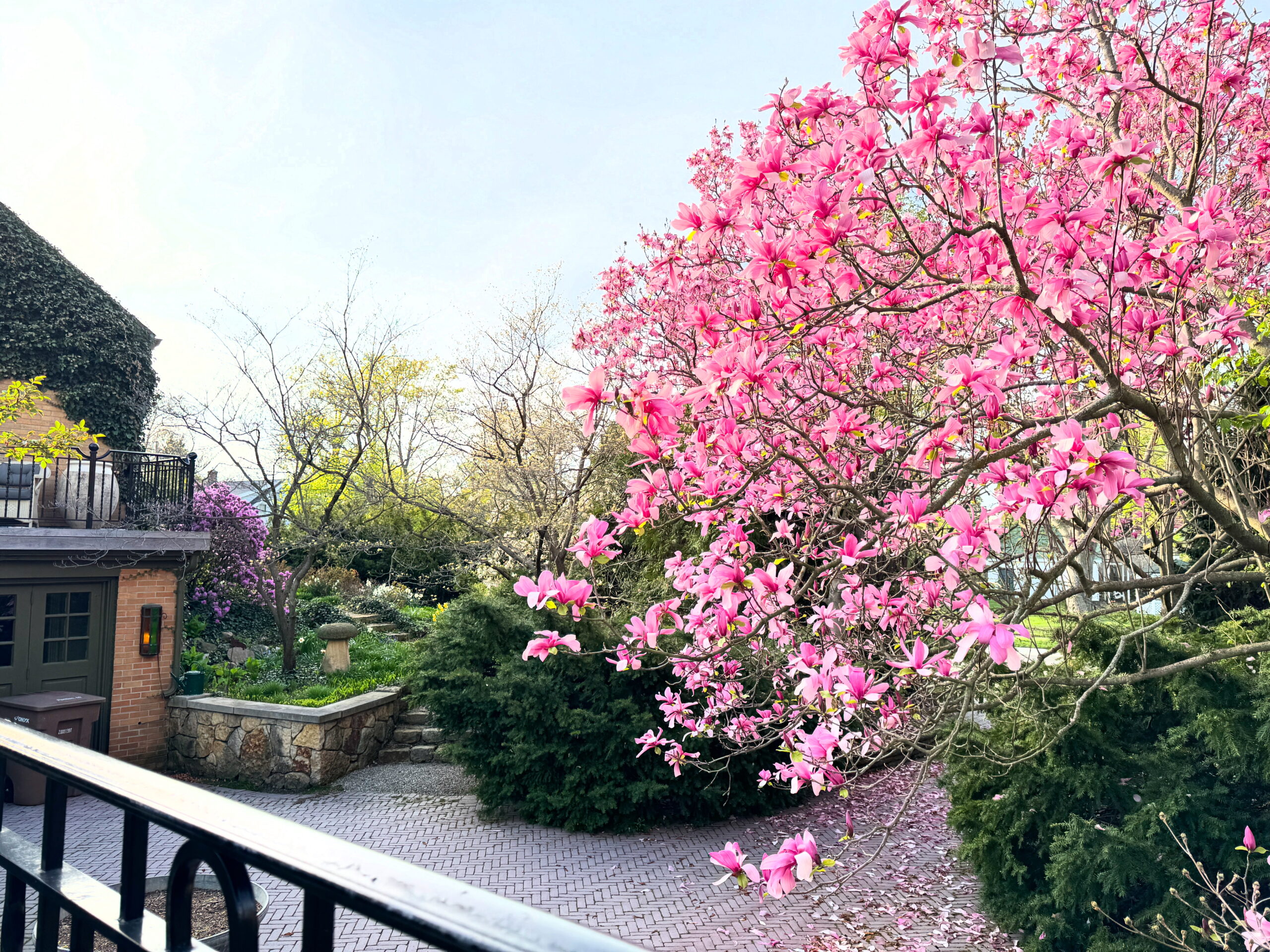 It’s easy to feel ambivalent about spring flowering trees. Do I like them? Some years they all seem breathtaking and gorgeous, like the most beautifully orchestrated and dramatically choreographed ballet ever staged. Other years I avert my eyes at the silliness. How can any plant as stately and serious as a tree have pink flowers? I must be having an on year; I am thoroughly enjoying my trees, and all the other spring flowering trees I am seeing in lavish bloom. The lavish part plays a significant role in this. Conditions favorable to significant bud set the past growing season has resulted in a bumper crop of flowers this spring season. Any plant blooming its heart out is just cause for celebration.
It’s easy to feel ambivalent about spring flowering trees. Do I like them? Some years they all seem breathtaking and gorgeous, like the most beautifully orchestrated and dramatically choreographed ballet ever staged. Other years I avert my eyes at the silliness. How can any plant as stately and serious as a tree have pink flowers? I must be having an on year; I am thoroughly enjoying my trees, and all the other spring flowering trees I am seeing in lavish bloom. The lavish part plays a significant role in this. Conditions favorable to significant bud set the past growing season has resulted in a bumper crop of flowers this spring season. Any plant blooming its heart out is just cause for celebration.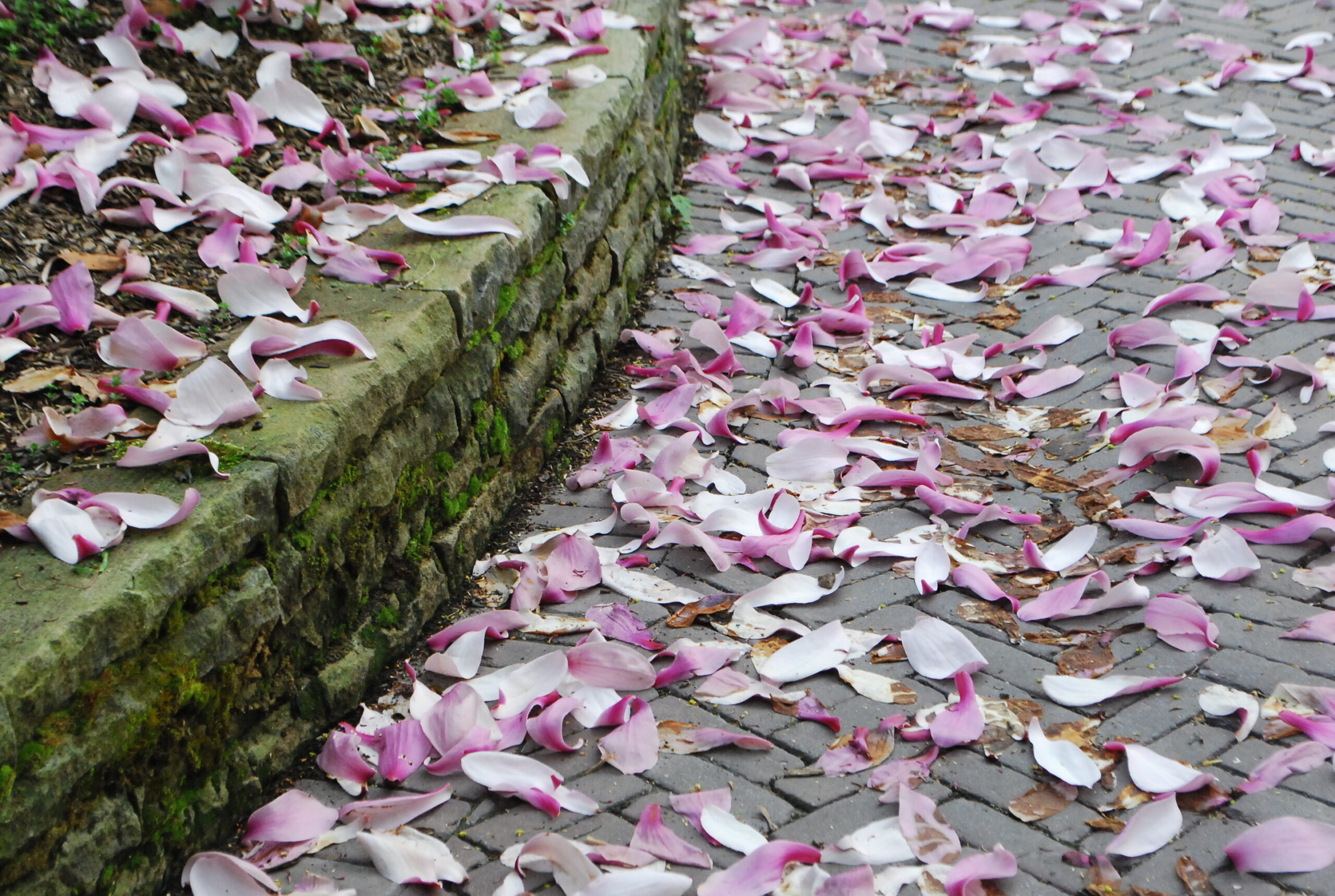 This first week of May is the beginning of the end of it. The subtle sound of the petals dropping on my driveway can be heard, should I make a point to listen. As the petals pile up, so do the memories.
This first week of May is the beginning of the end of it. The subtle sound of the petals dropping on my driveway can be heard, should I make a point to listen. As the petals pile up, so do the memories.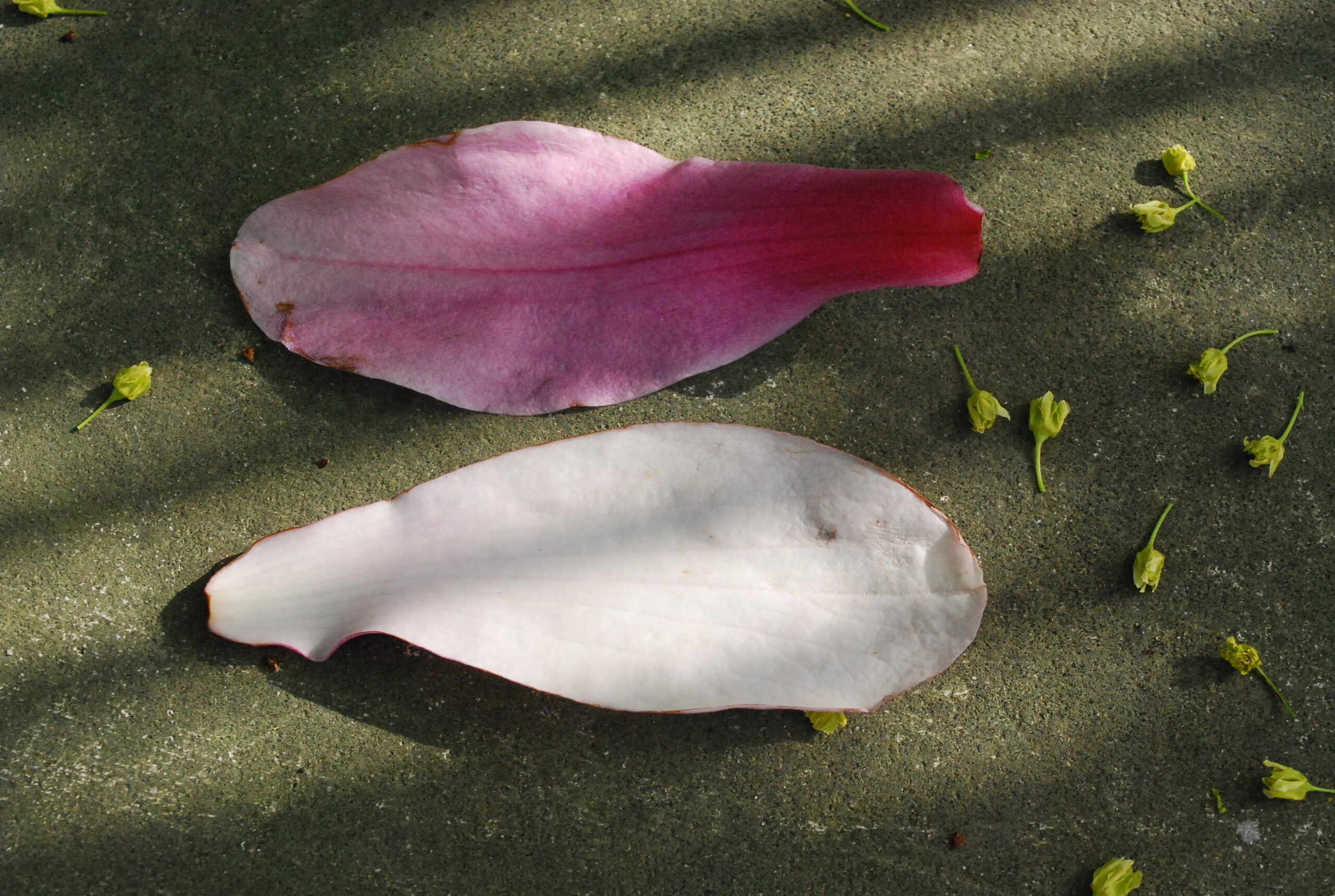 Spring. This is it.
Spring. This is it.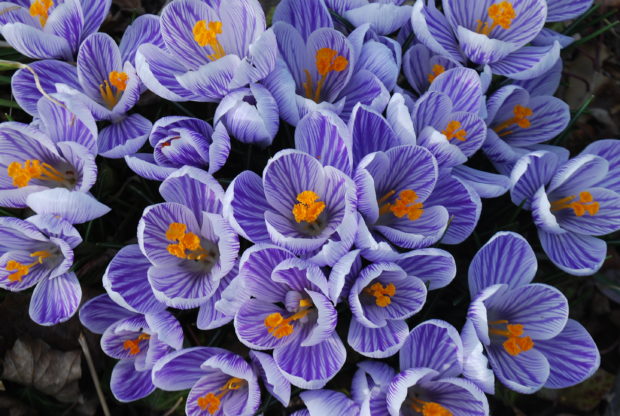
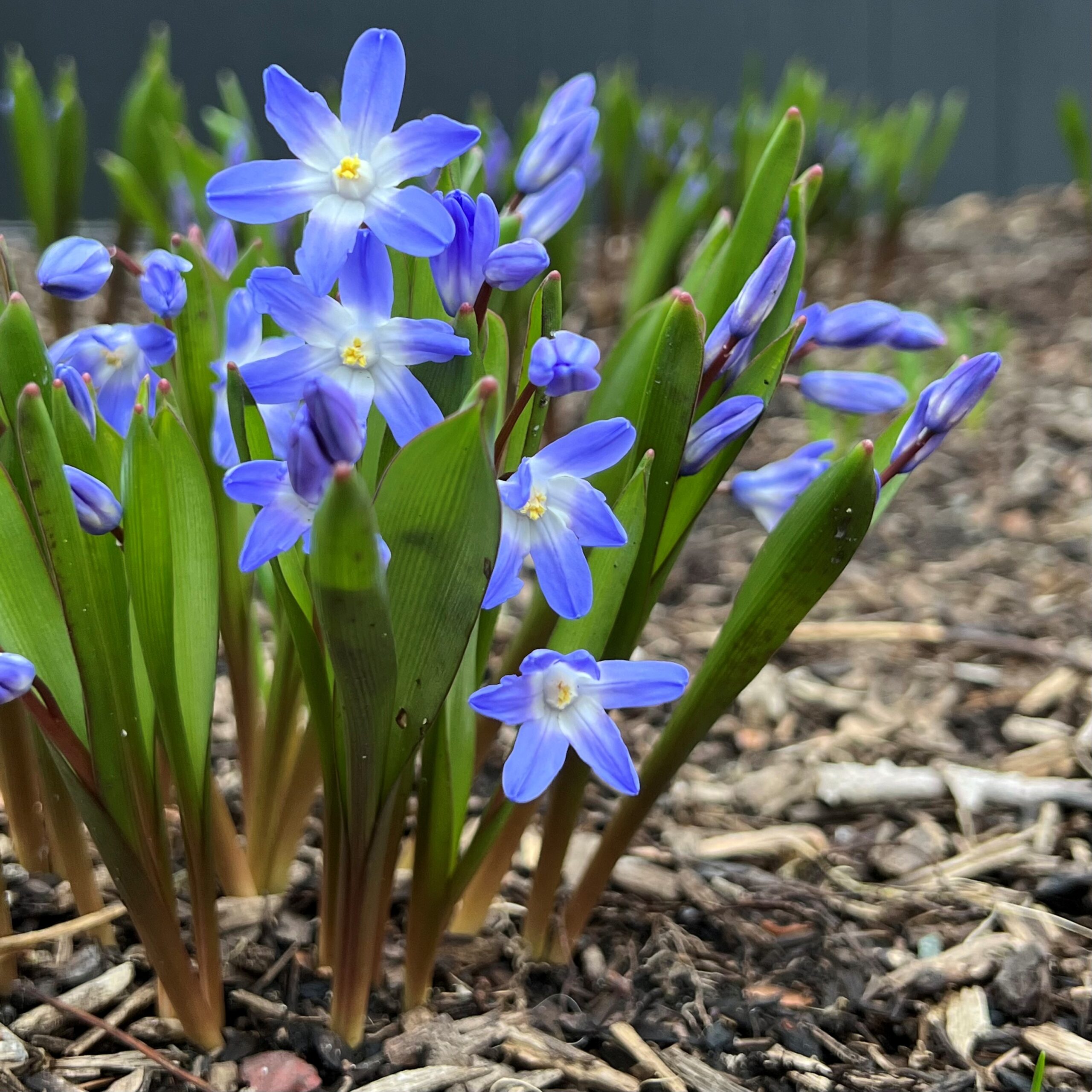
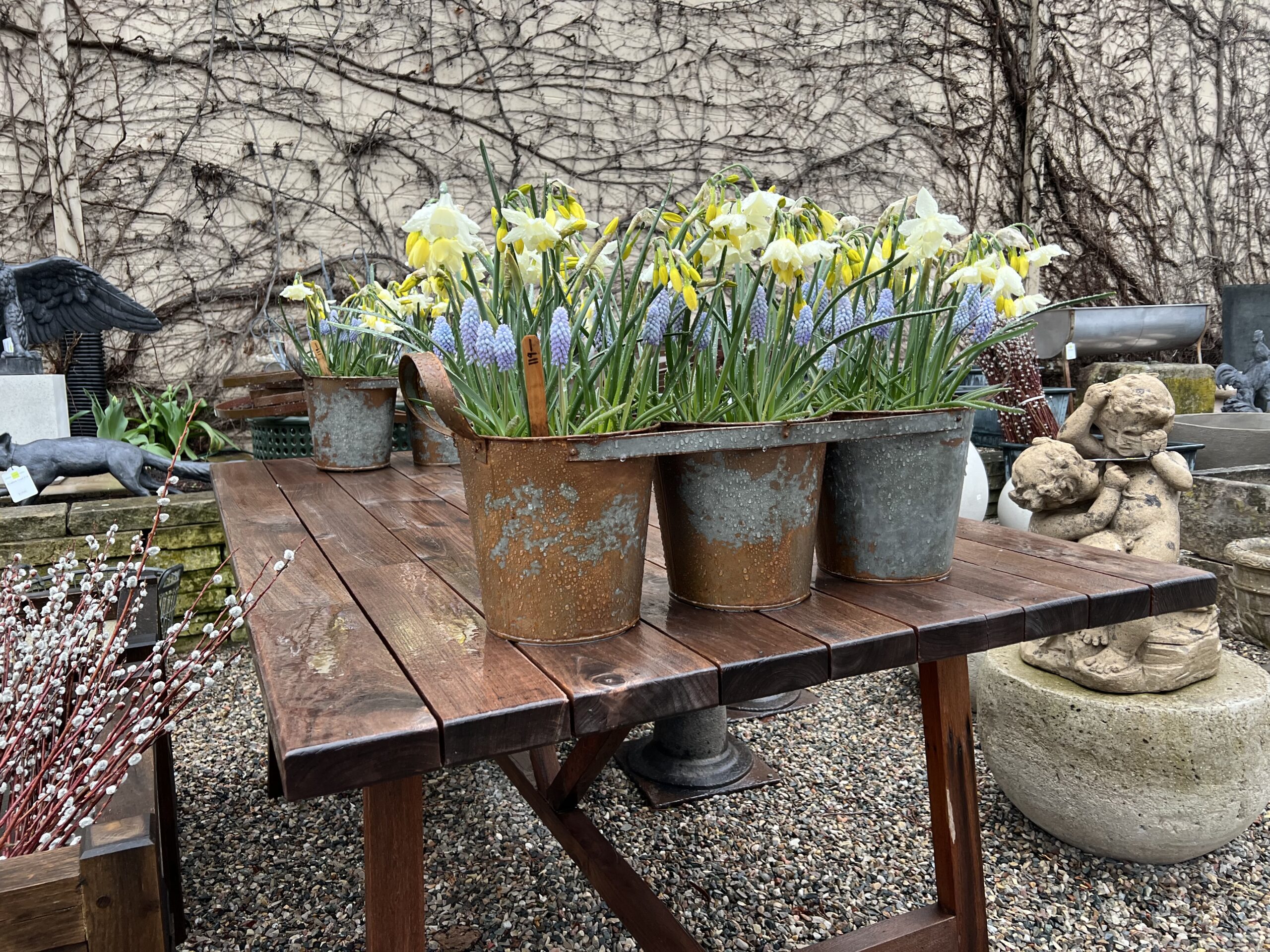
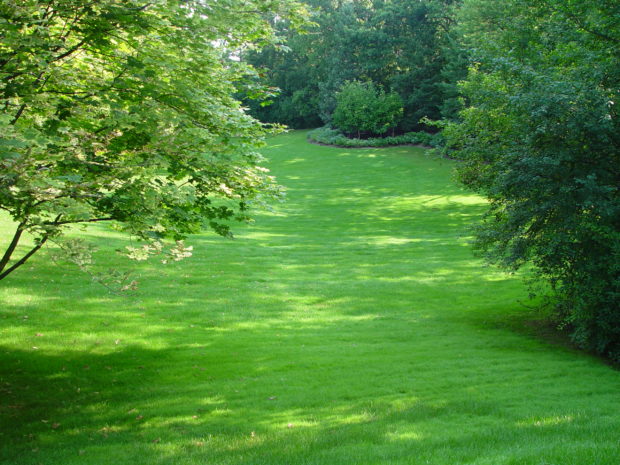
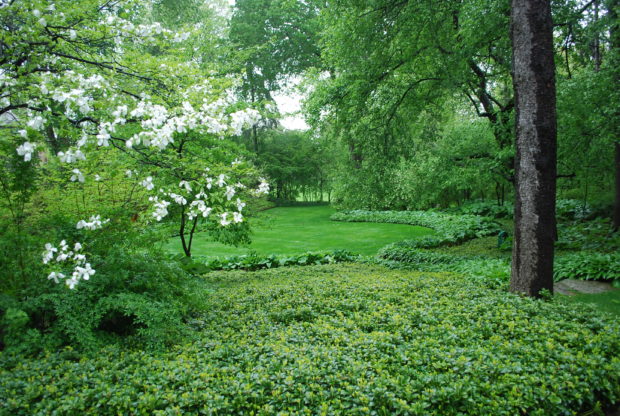
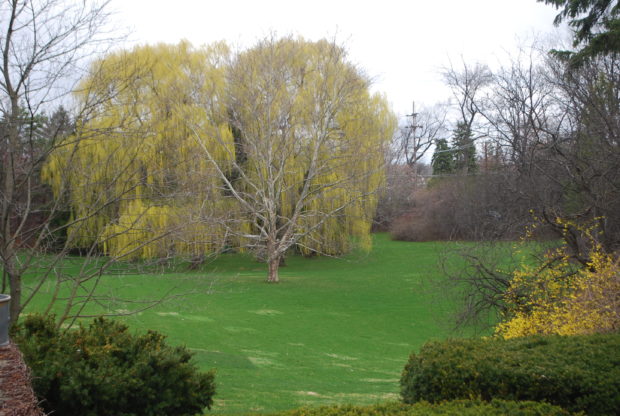
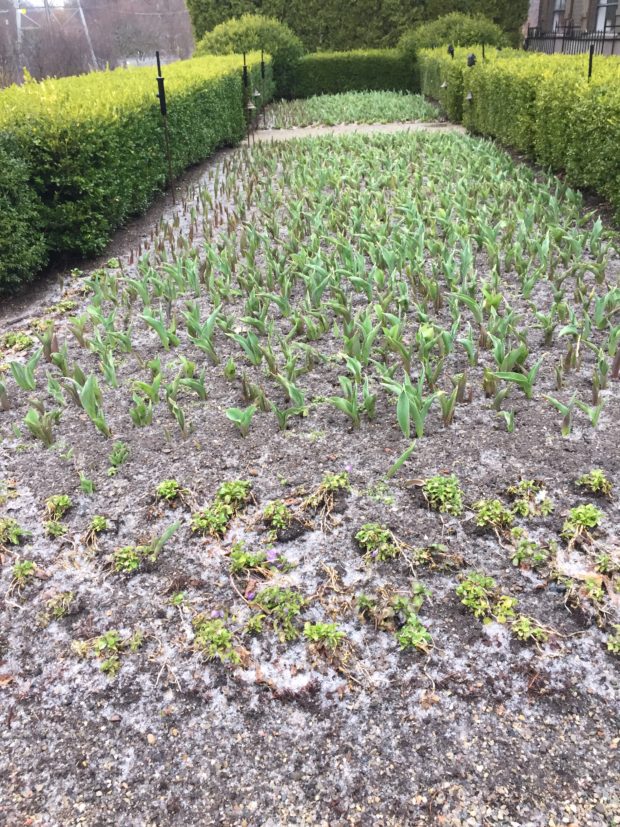
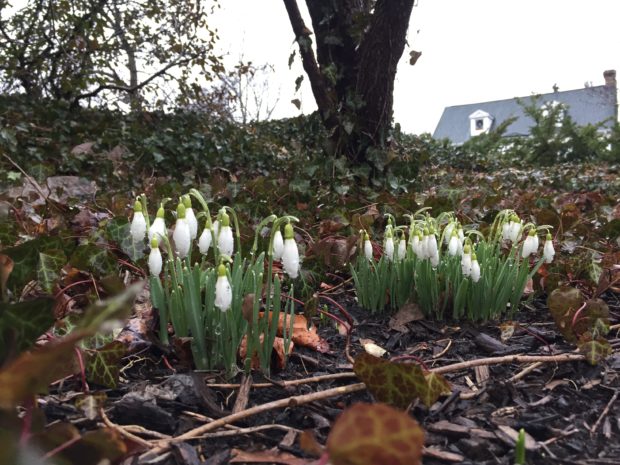
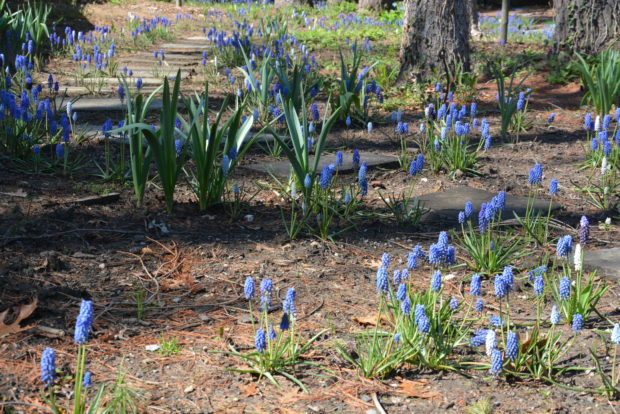
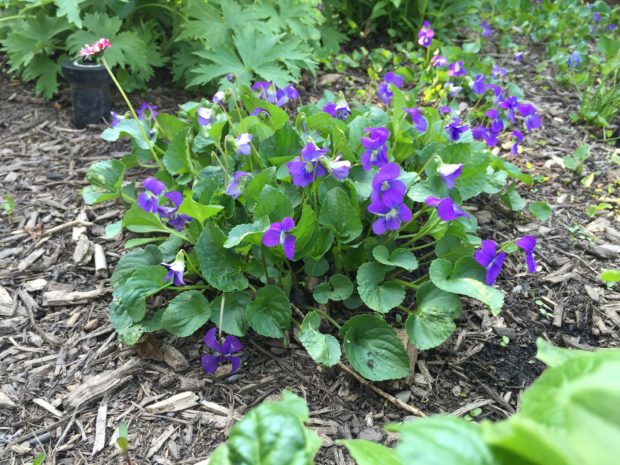
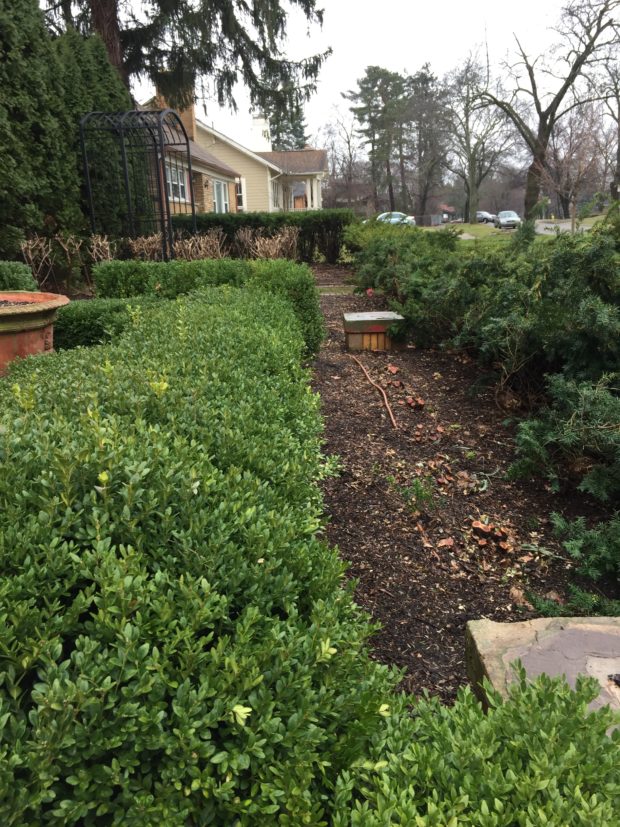
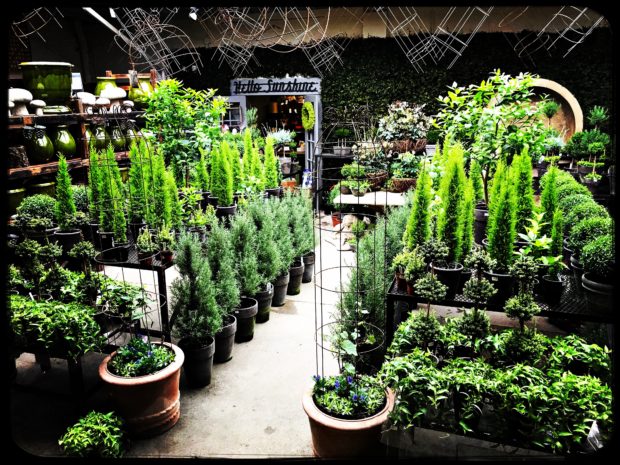
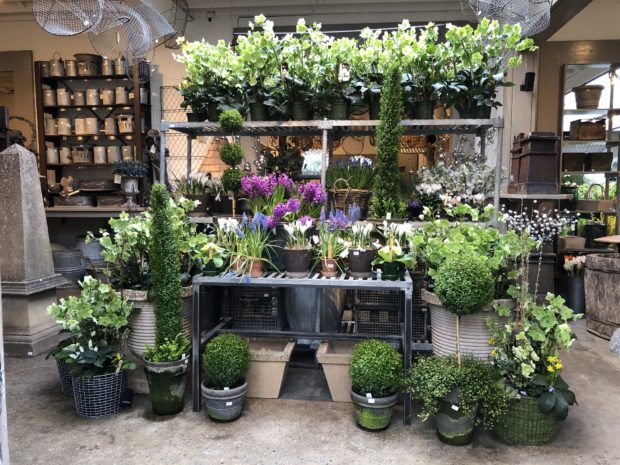
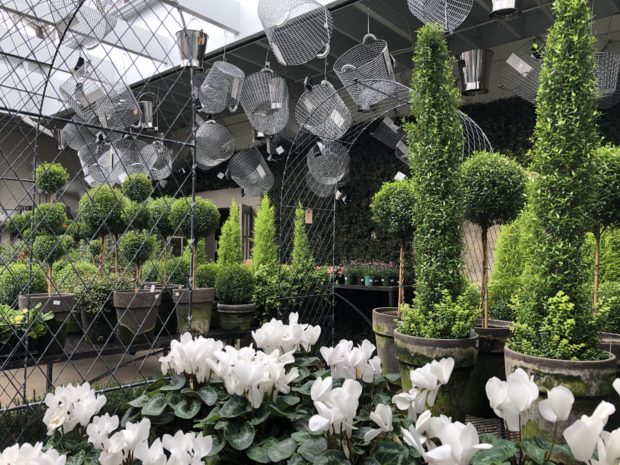
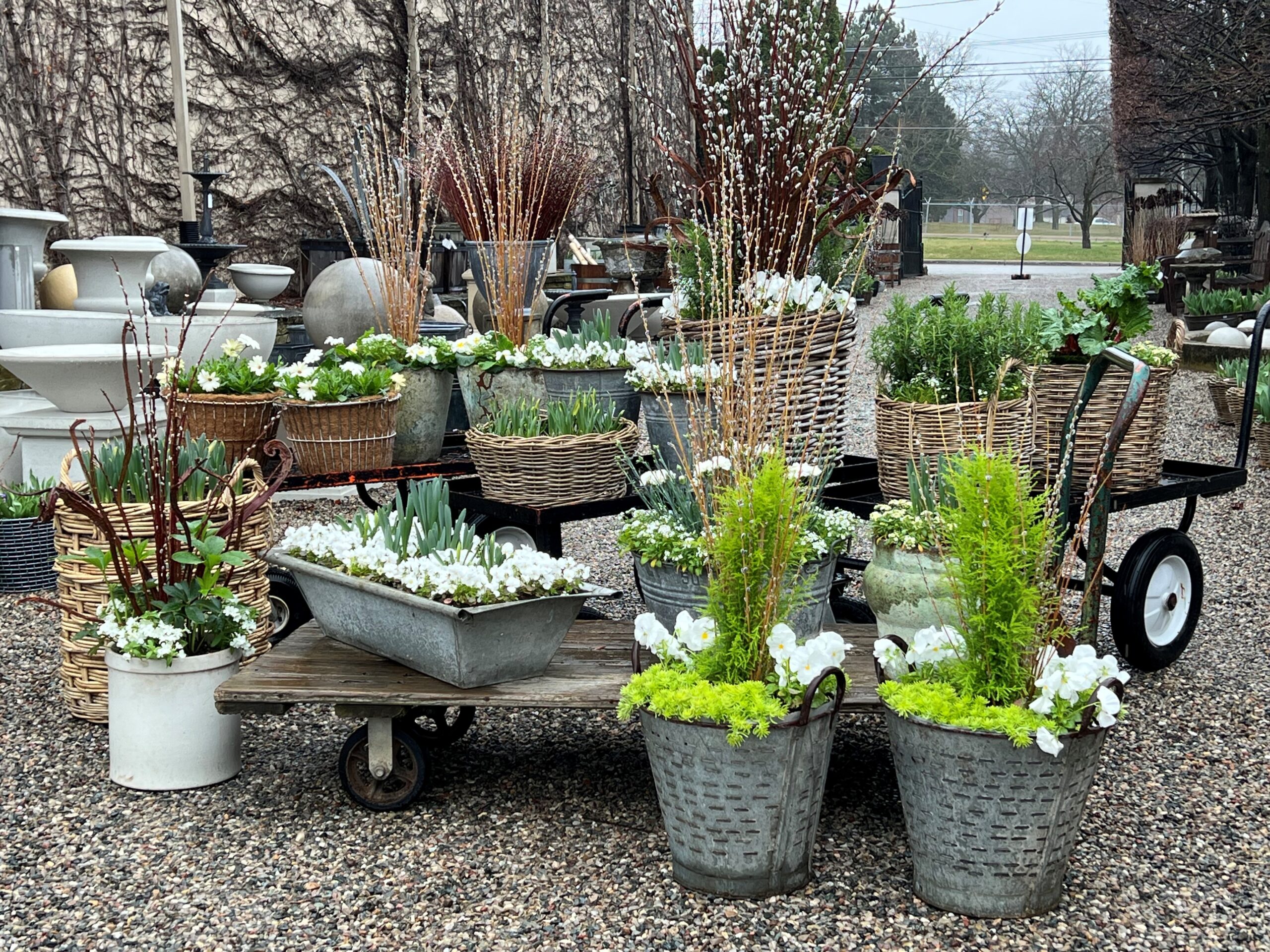 Detroit Garden Works April 2025
Detroit Garden Works April 2025